Cable pullovers are an excellent way to engage and tone key muscle groups like the back, lats, and chest. Whether you’re a beginner or a seasoned gym-goer, understanding the mechanics of this exercise will take your workout to the next level. In this article, we’ll dive deep into the cable pullover workout, covering everything from machine use to the muscles worked, variations, and benefits.
1. What Is the Cable Pullover Exercise?
Understanding the Basics of the Cable Pullover Machine
The cable pullover exercise is a strength training movement designed to target the upper body, particularly the lats, chest, and back. This exercise is performed using a cable machine, which allows for consistent resistance throughout the movement, making it more effective than free-weight exercises for certain muscle groups. The main action involves pulling a straight bar, rope, or handle attached to the cable downward and overhead, mimicking the motion of a traditional dumbbell pullover but with a controlled, consistent tension.
Key Muscles Targeted in Cable Pullovers
- Lats (Latissimus Dorsi): These large muscles that span the back are the primary target of the cable pullover lats variation.
- Pectorals (Chest): By altering the hand position, cable pullovers can effectively engage the chest muscles as well.
- Triceps and Shoulders: While not the primary target, the triceps and shoulders also play a role in stabilizing the movement.
2. Why Should You Incorporate Cable Pullovers into Your Routine?
Benefits for Back Development
A cable back pullover is a fantastic exercise for developing back strength and definition. The consistent resistance from the cable machine helps activate the upper back muscles, providing a better contraction than traditional machines. When you perform the cable pullover back exercise correctly, it can significantly enhance the size and strength of your back muscles.
Targeting Your Lats with Cable Pullovers
The primary muscle targeted during a straight bar cable lat pullover is the latissimus dorsi, which contributes to the width and definition of your back. By using a cable machine, you can achieve a full range of motion, which is crucial for optimal lat engagement. This results in more effective growth and a well-developed back.
How Cable Pullovers Enhance Chest Growth
While often used to target the back, chest cable pullovers are an excellent way to work the pectoral muscles. The motion of pulling the cable downward engages the chest in a way that dumbbell pullovers cannot, especially when using a straight bar pullover cable for a wider grip.
3. How to Perform a Cable Pullover Workout
Proper Form and Technique
- Set Up the Machine: Attach a straight bar to the overhead pulley of the cable machine. Adjust the weight according to your fitness level.
- Position Yourself: Stand facing the machine and grasp the bar with both hands, keeping your arms straight and about shoulder-width apart.
- Engage Your Core: Brace your core to stabilize your body.
- Pull the Bar: With a slight bend in your elbows, pull the bar down and behind your head, keeping your arms extended and the motion controlled.
- Return Slowly: Slowly release the bar back to the starting position, maintaining tension on the muscles.
Common Mistakes to Avoid
- Overarching the Back: Avoid using your lower back excessively; focus on your lats.
- Using Too Much Weight: Start light and increase the weight as you perfect your form.
- Poor Range of Motion: Ensure you're pulling the bar all the way down to fully activate your lats and chest.
4. Different Variations of the Cable Pullover
Straight Bar Cable Lat Pullover
This variation focuses on your lats by using a straight bar. By keeping your arms slightly bent and pulling the bar behind your head, you’ll engage the latissimus dorsi, helping to widen your back.
Lateral Pullover Cable Exercise
A lateral pullover cable is performed by pulling the cable at an angle, which works the back muscles differently than the standard version. This targets the upper lats, helping to create a more defined V-shape.
Kneeling Cable Pullover Muscles Worked
Performing the kneeling cable pullover engages your core and provides a unique angle to focus on the lats. The positioning reduces the risk of momentum, forcing your muscles to do the majority of the work.
Chest Cable Pullover
The chest cable pullover targets your pectorals and helps build chest definition. The motion mimics a dumbbell pullover but with more consistent tension throughout the movement.
5. Best Cable Pullover Machine Options for Different Goals
Choosing the Right Pullover Cable Machine for Back Focus
When performing cable pullover back exercise, it's important to use a machine that allows for a full range of motion. Look for a pullover cable machine that has adjustable pulleys and a comfortable handle for grip.
Cable Pullover for Lats: What You Need to Know
For cable pullover lats, a machine with a high pulley setting is ideal, as it allows for a downward motion that isolates the lats. Make sure to use a straight bar or rope attachment depending on the grip you prefer.
6. Targeting the Back with Cable Pullovers
Cable Back Pullover for Maximum Lat Engagement
To maximize lat engagement during the cable back pullover, ensure that your torso remains slightly bent forward. This allows for deeper contraction of the lats as you pull the cable.
Cable Pullover Back Exercise: Strengthening Your Posterior Chain
Pullovers exercise cable helps strengthen the posterior chain, including the upper back and core. It complements other exercises like deadlifts and rows to create a balanced workout routine.
7. Incorporating Vertical Cable Pullovers
The Mechanics of Vertical Cable Pullovers
Vertical cable pullovers use a vertical plane of motion and target the same muscle groups as the traditional version. This variation allows for a slight adjustment in angle, which can help isolate specific areas of the lats.
Benefits for Lat and Chest Activation
Switching between vertical cable pullovers and standard horizontal pullovers can stimulate different parts of the back and chest, ensuring well-rounded muscle development.
8. How Cable Pullovers Complement Other Exercises
Pullovers Exercise Cable and How They Fit into Full-Body Workouts
Cable pullovers are versatile and can be combined with other compound exercises for a comprehensive workout. They work well with back-focused moves like rows or lat pull-downs, and can also pair nicely with chest exercises like bench presses.
Cable Pullover with Other Lat Exercises
If you're focusing on cable pullover lats, combining this exercise with other lat-focused movements such as pull-ups and lat pull-downs can help ensure maximum muscle development and growth.
9. Tips for Maximizing Cable Pullover Effectiveness
Adjusting Cable Settings for Optimal Resistance
Adjust the cable machine’s height and weight to find the most comfortable and effective position for your body. Don't be afraid to experiment with different settings to see which provides the most muscle engagement.
Increasing the Intensity of Cable Pullover Workouts
To increase the intensity, you can add drop sets or supersets, combine the straight bar pullover cable with other back exercises, or try different grip variations.
10. Frequently Asked Questions About Cable Pullover Exercises
What are the main muscles worked by the cable pullover?
The primary muscles worked are the lats, but it also engages the chest, triceps, and shoulders.
Can cable pullovers replace traditional dumbbell pullovers?
Yes, cable pullovers can replace dumbbell pullovers, offering more consistent tension and variation.
How often should I incorporate cable pullovers into my workout?
Incorporate them 2-3 times a week as part of your back or chest workout routine.
Are cable pullovers effective for both chest and back development?
Yes, depending on how you perform the exercise, you can target both the chest and back muscles.
How do I target my lats more effectively with cable pullovers?
Focus on keeping your elbows slightly bent and pulling the cable behind your head, emphasizing full range motion.
What is the best cable machine for performing the pullover exercise?
A cable machine with adjustable pulleys and various attachment options is ideal for performing cable pullovers.
Conclusion
The cable pullover workout is a fantastic way to target the lats, chest, and back, offering a variety of benefits including enhanced muscle definition, increased strength, and improved posture. By integrating different variations such as the straight bar cable lat pullover or kneeling cable pullover, you can develop a balanced, well-rounded physique. Whether you're a beginner or advanced athlete, cable pullovers should be a staple in your strength training routine.

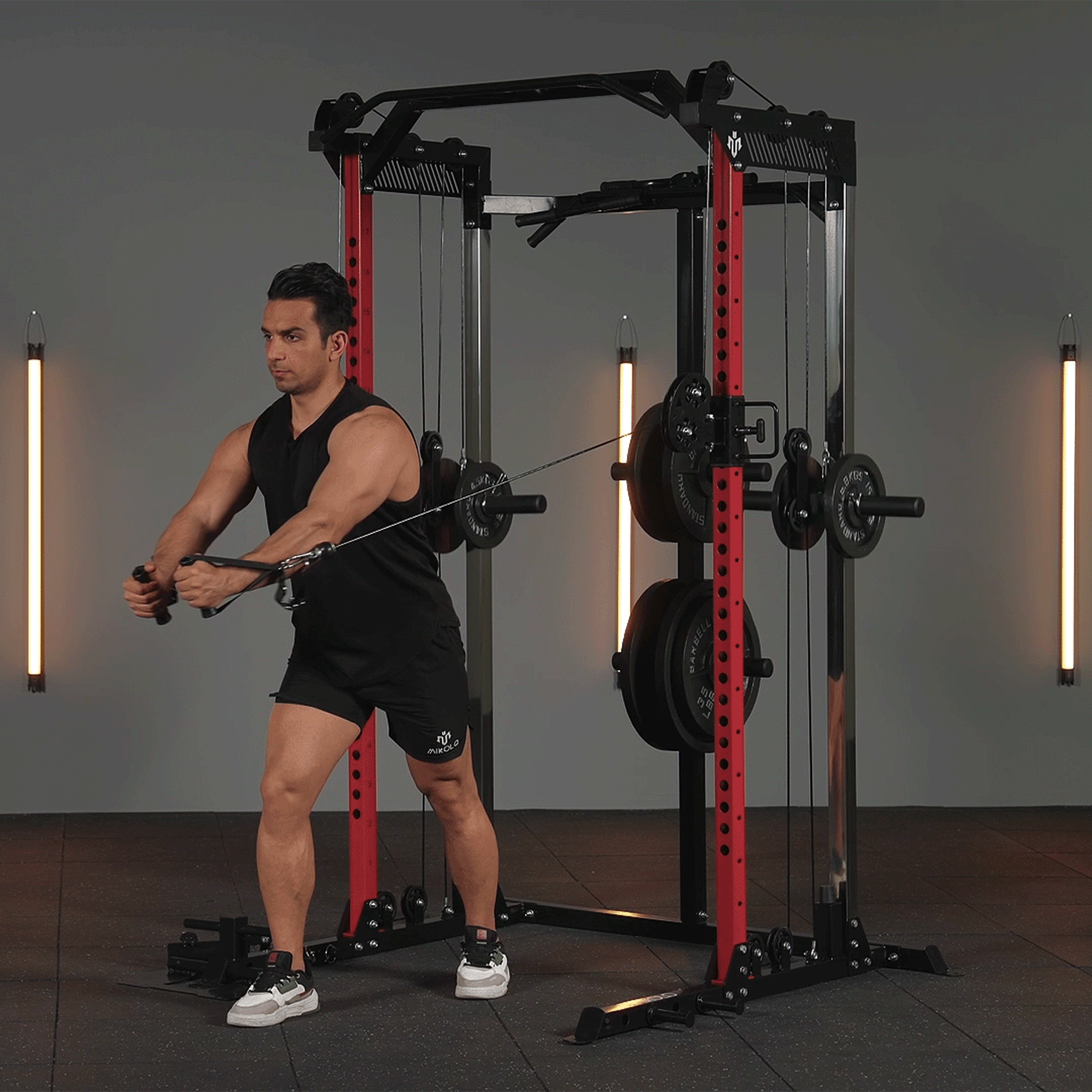
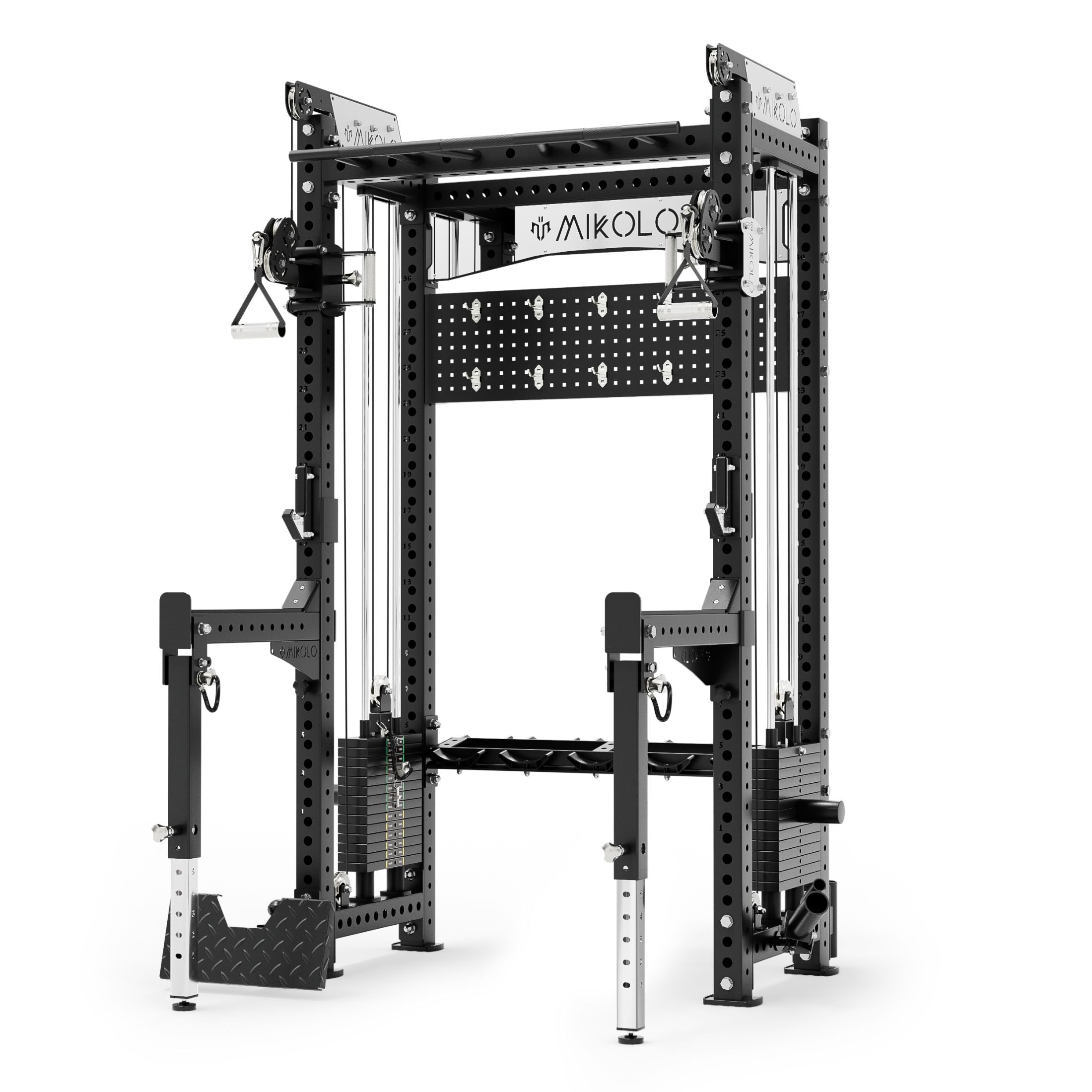


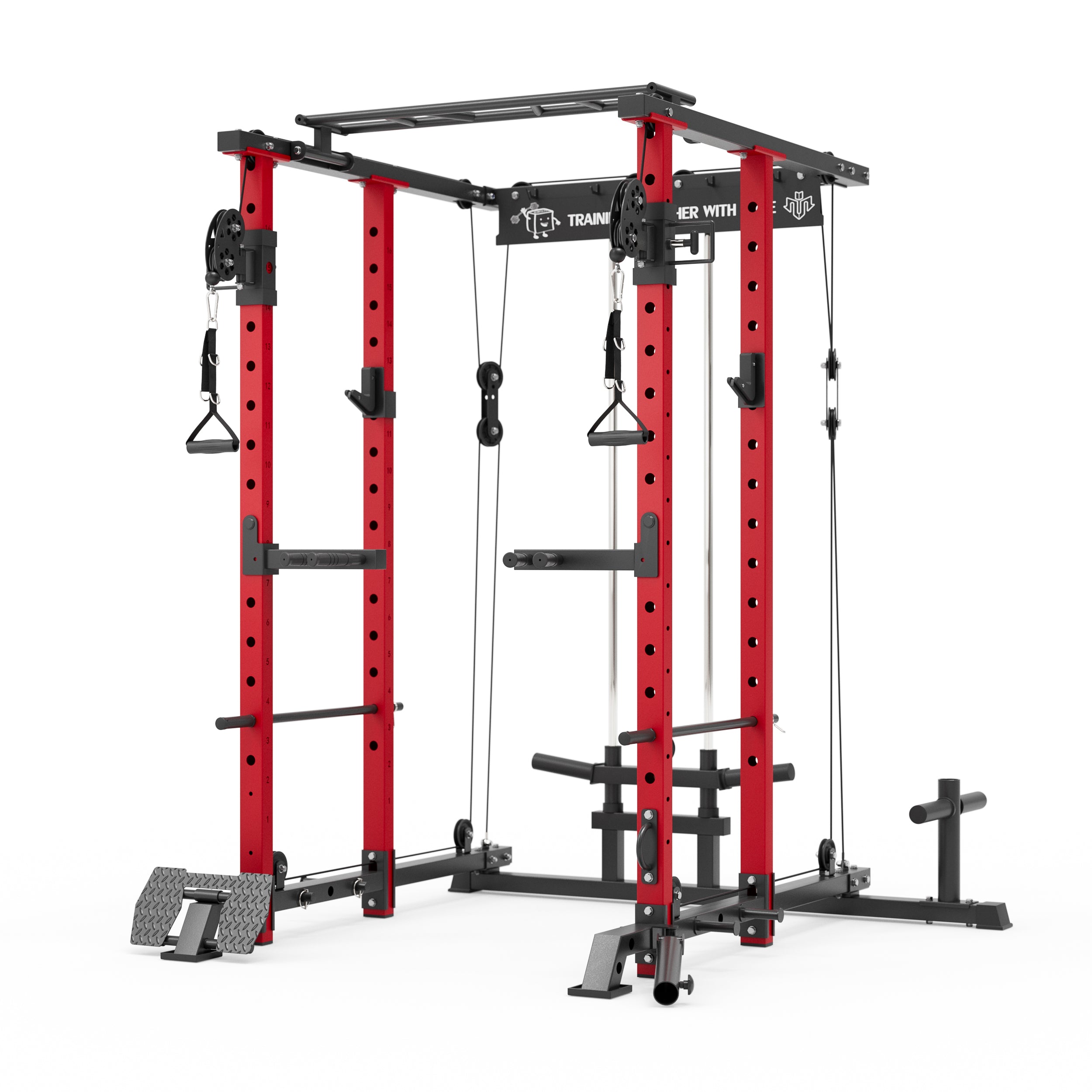
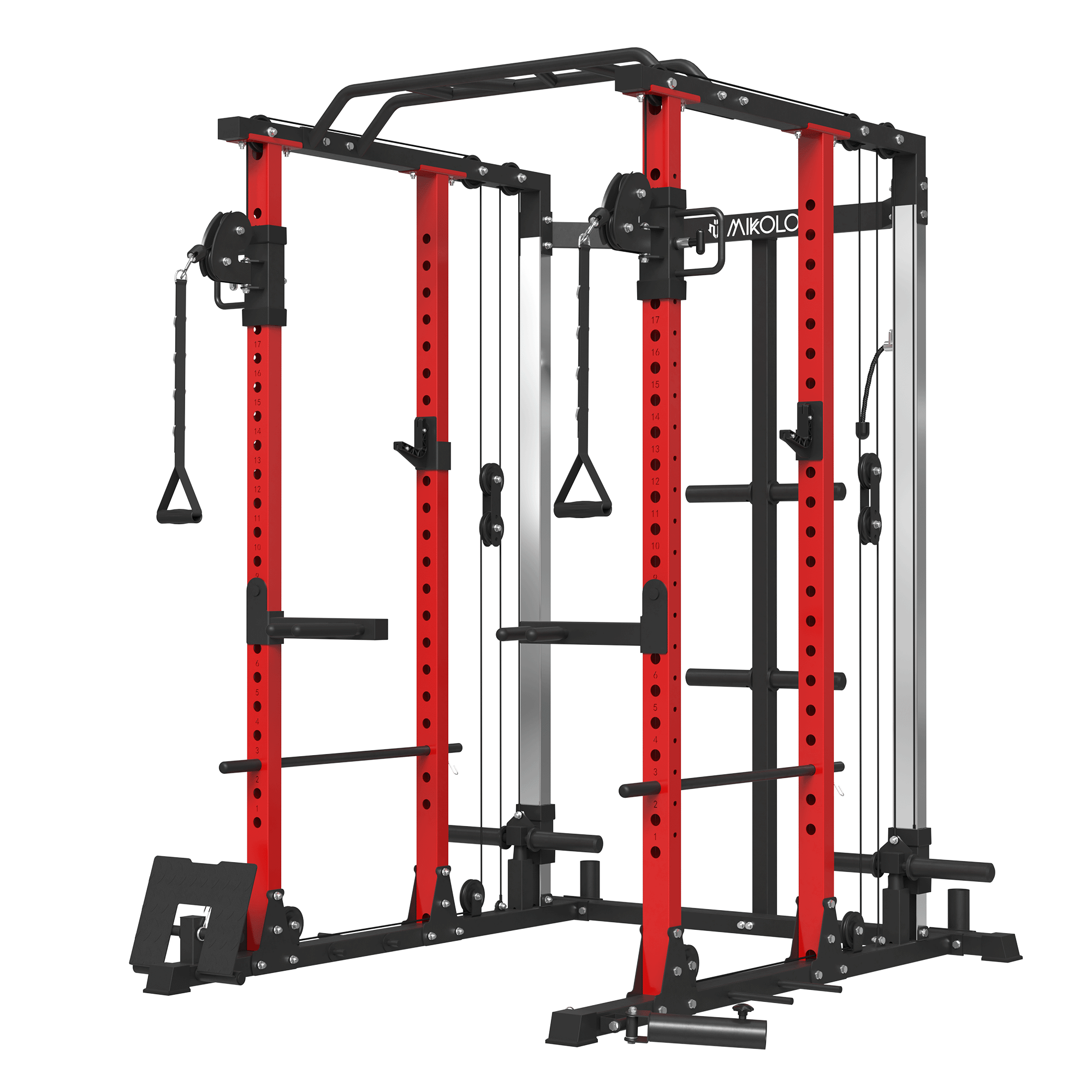
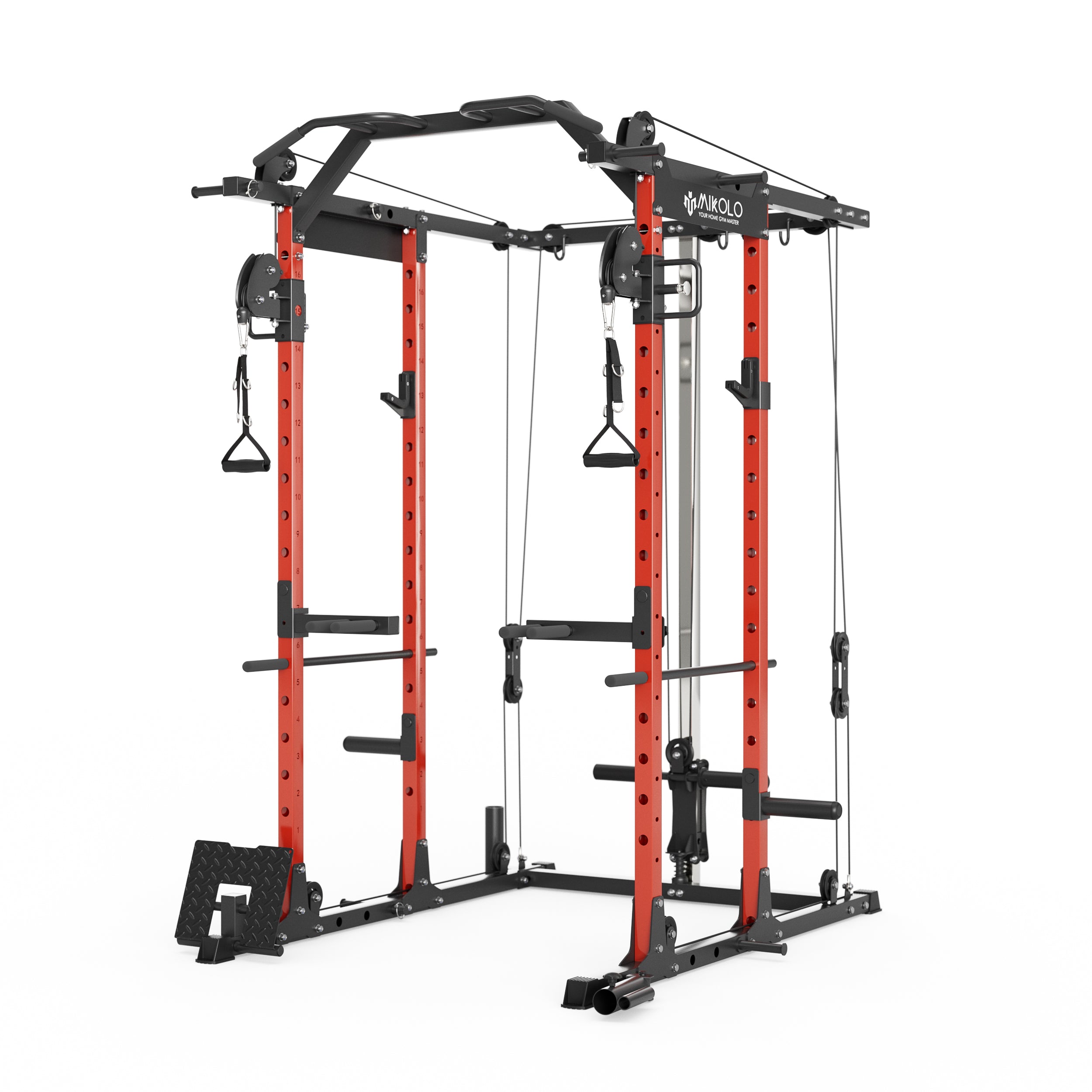
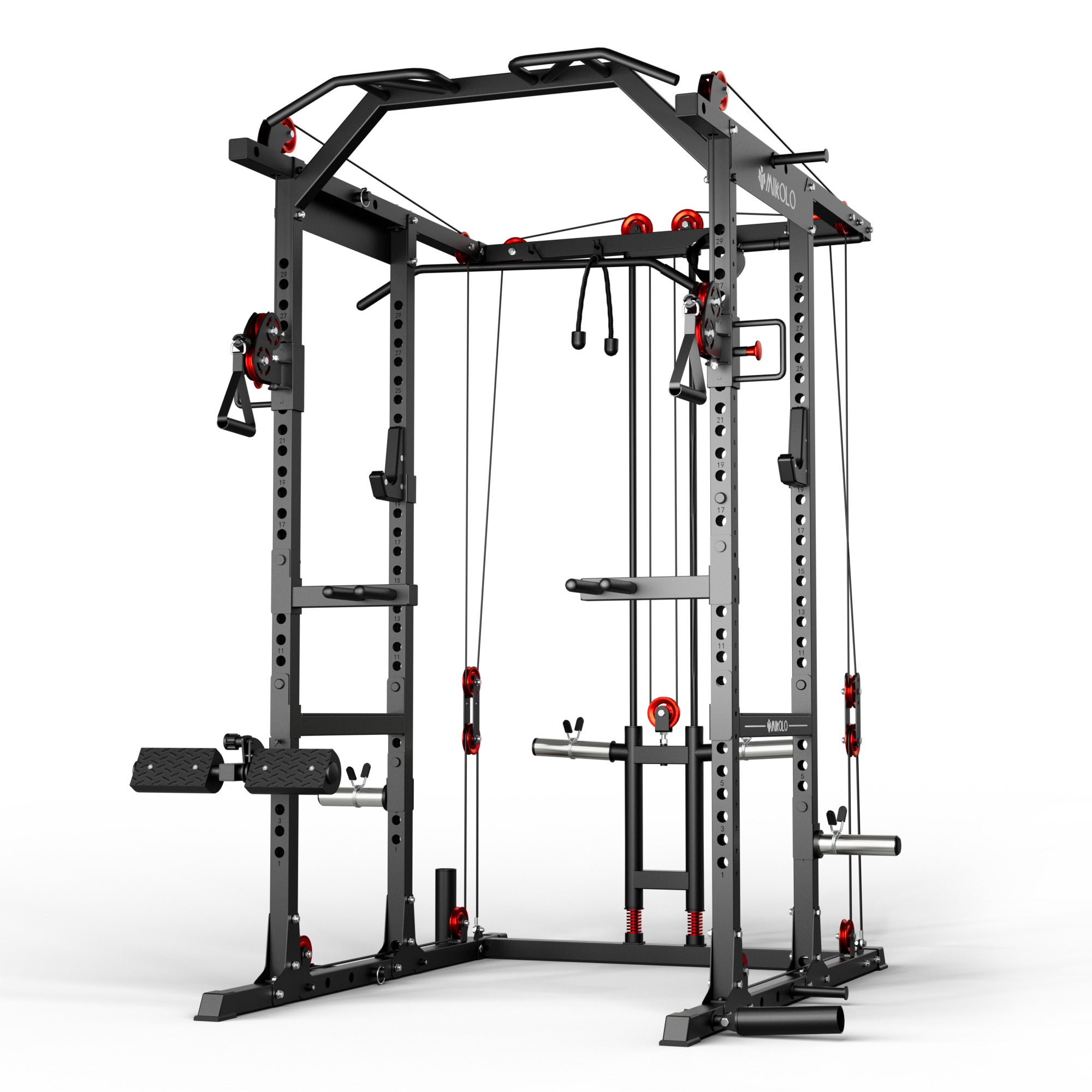
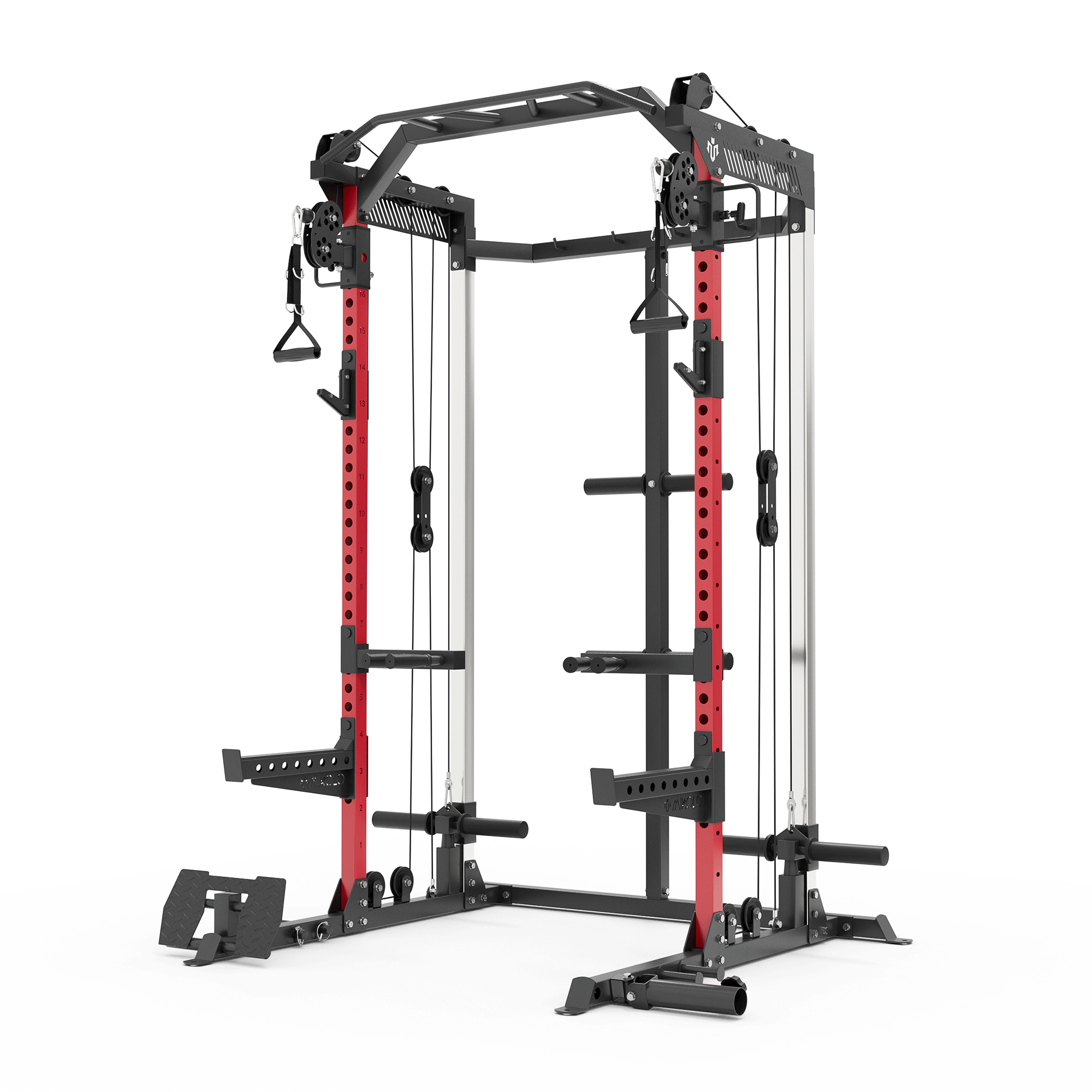
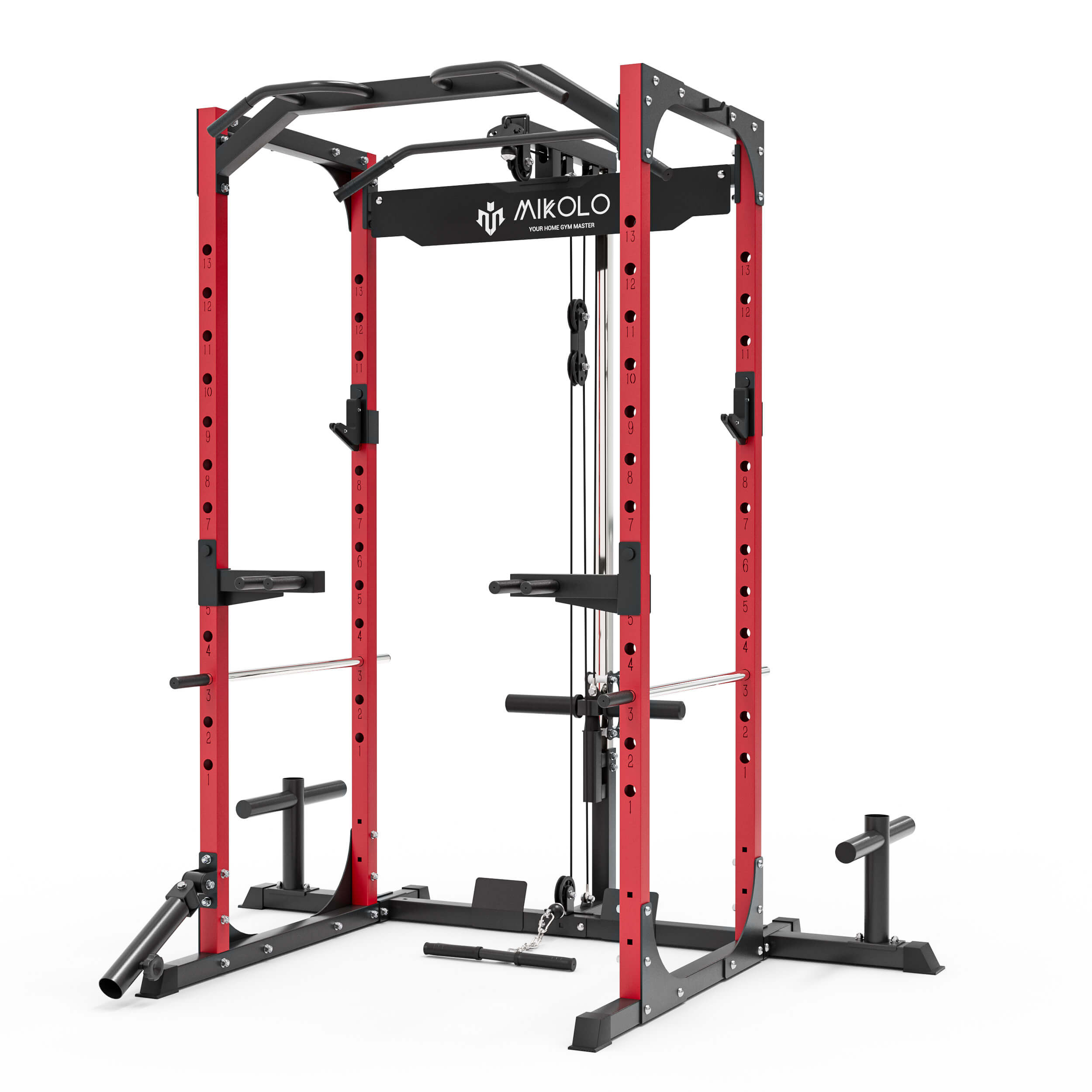
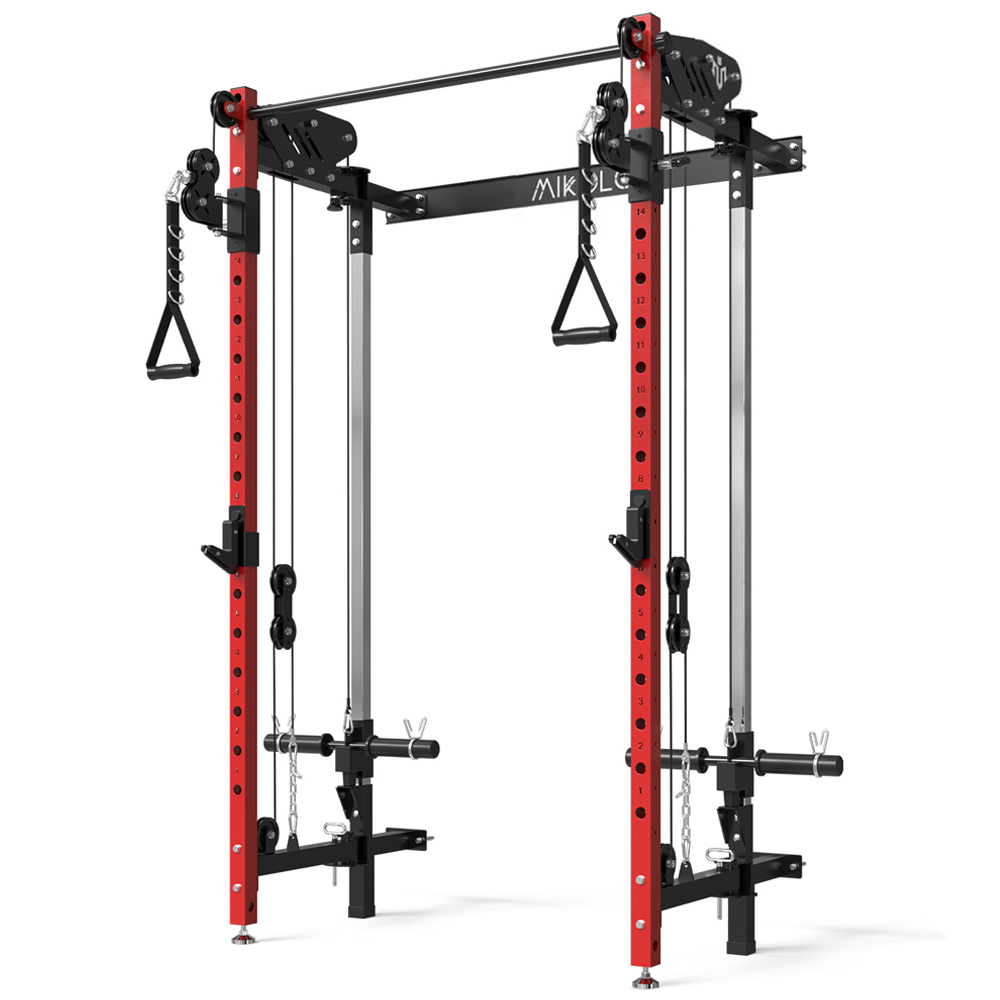

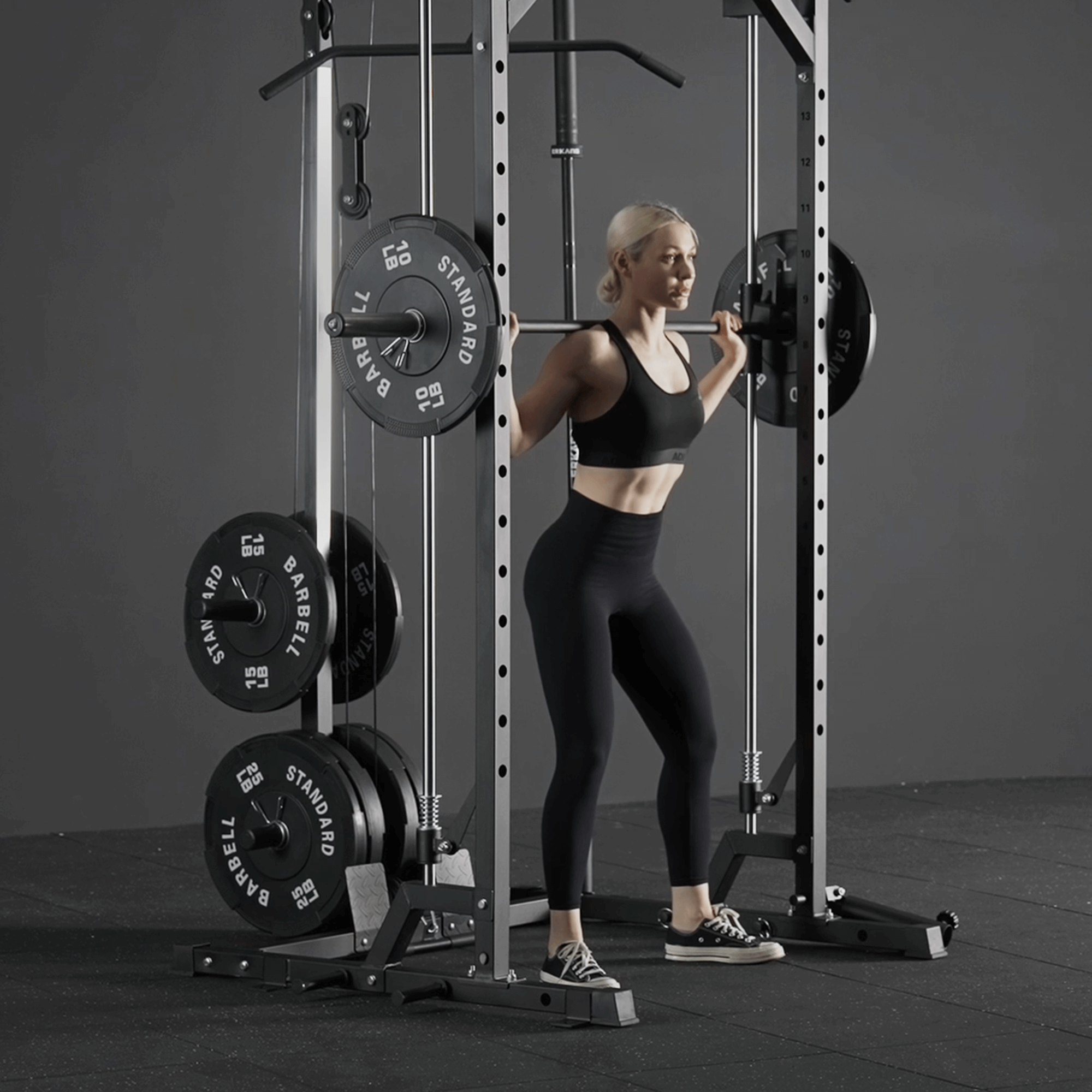
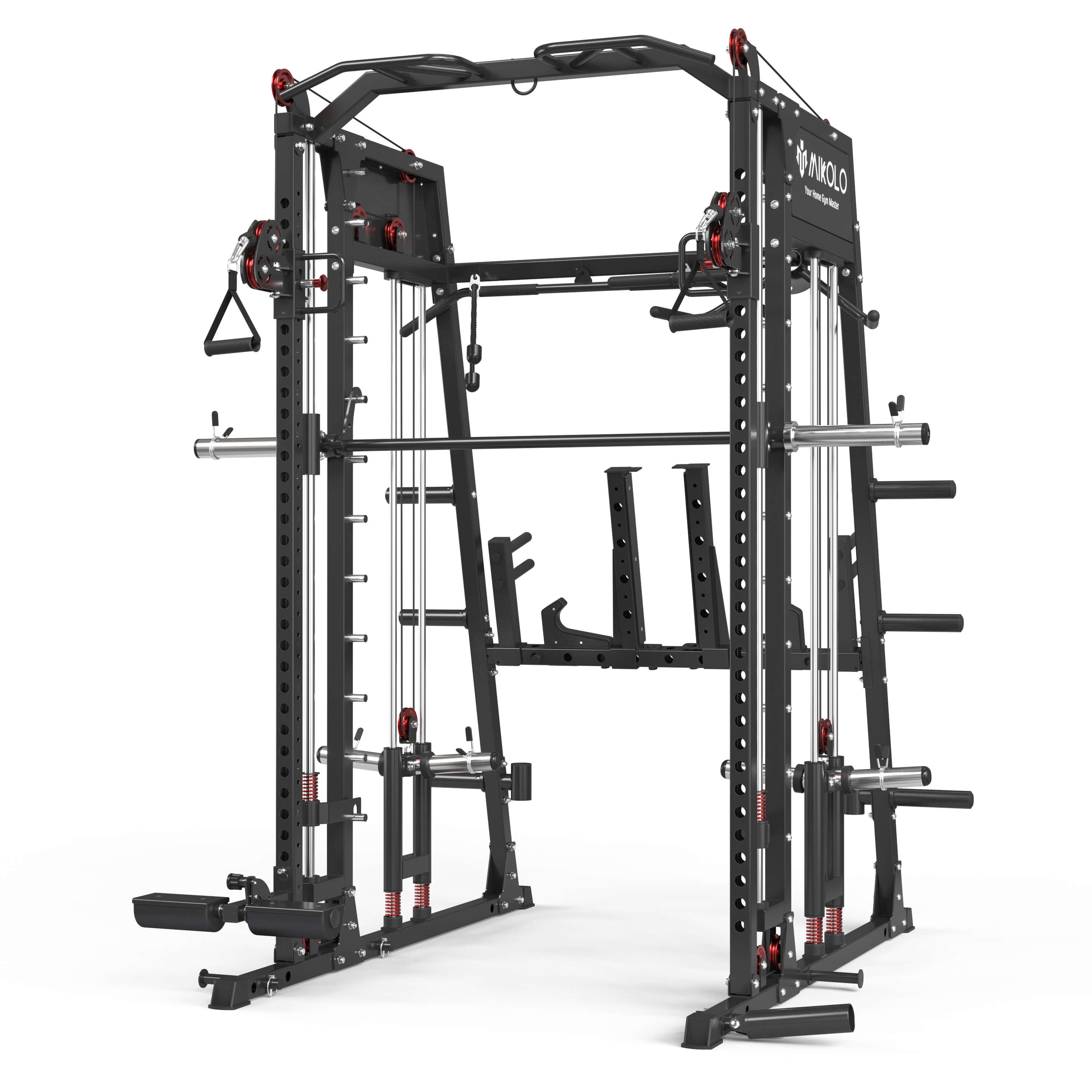

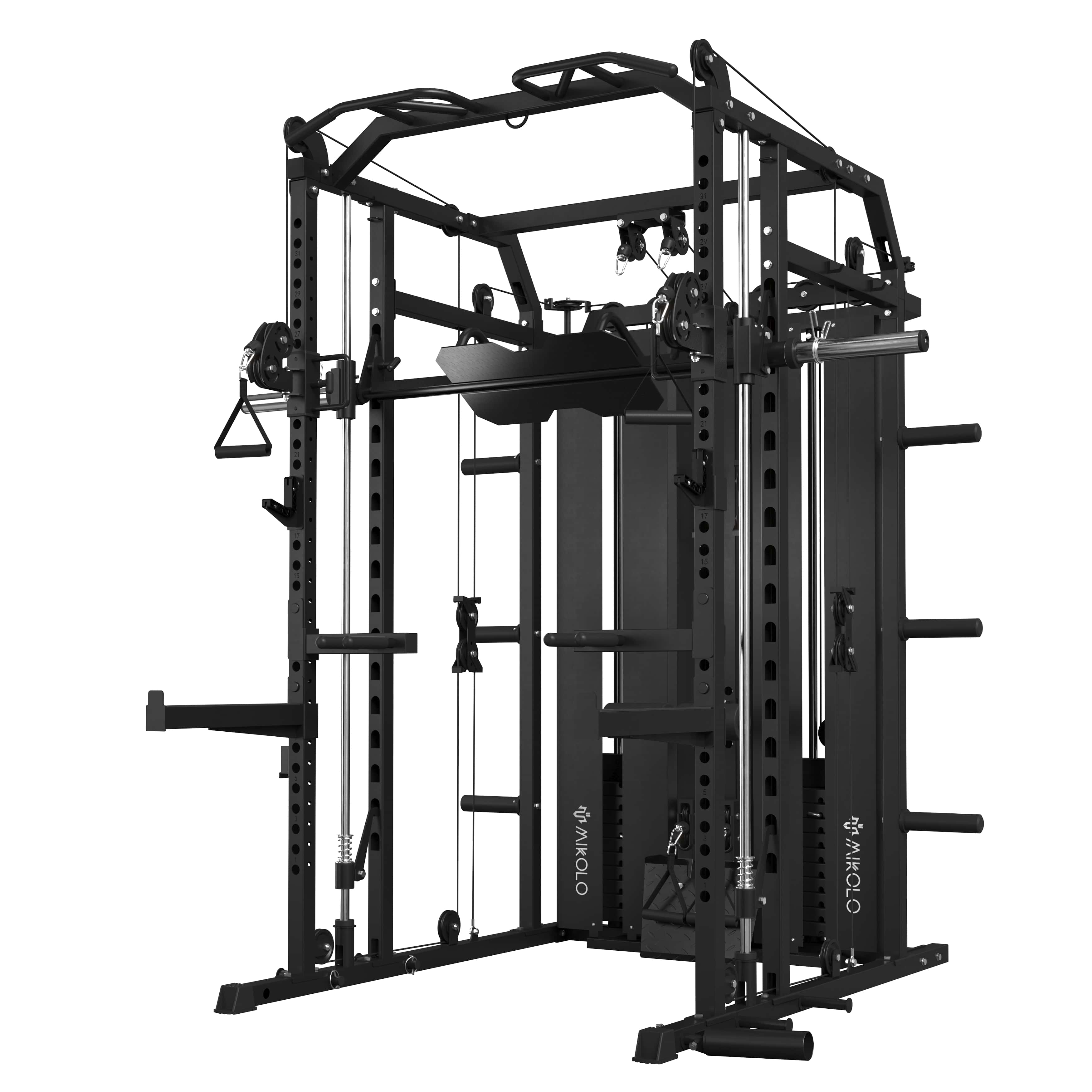
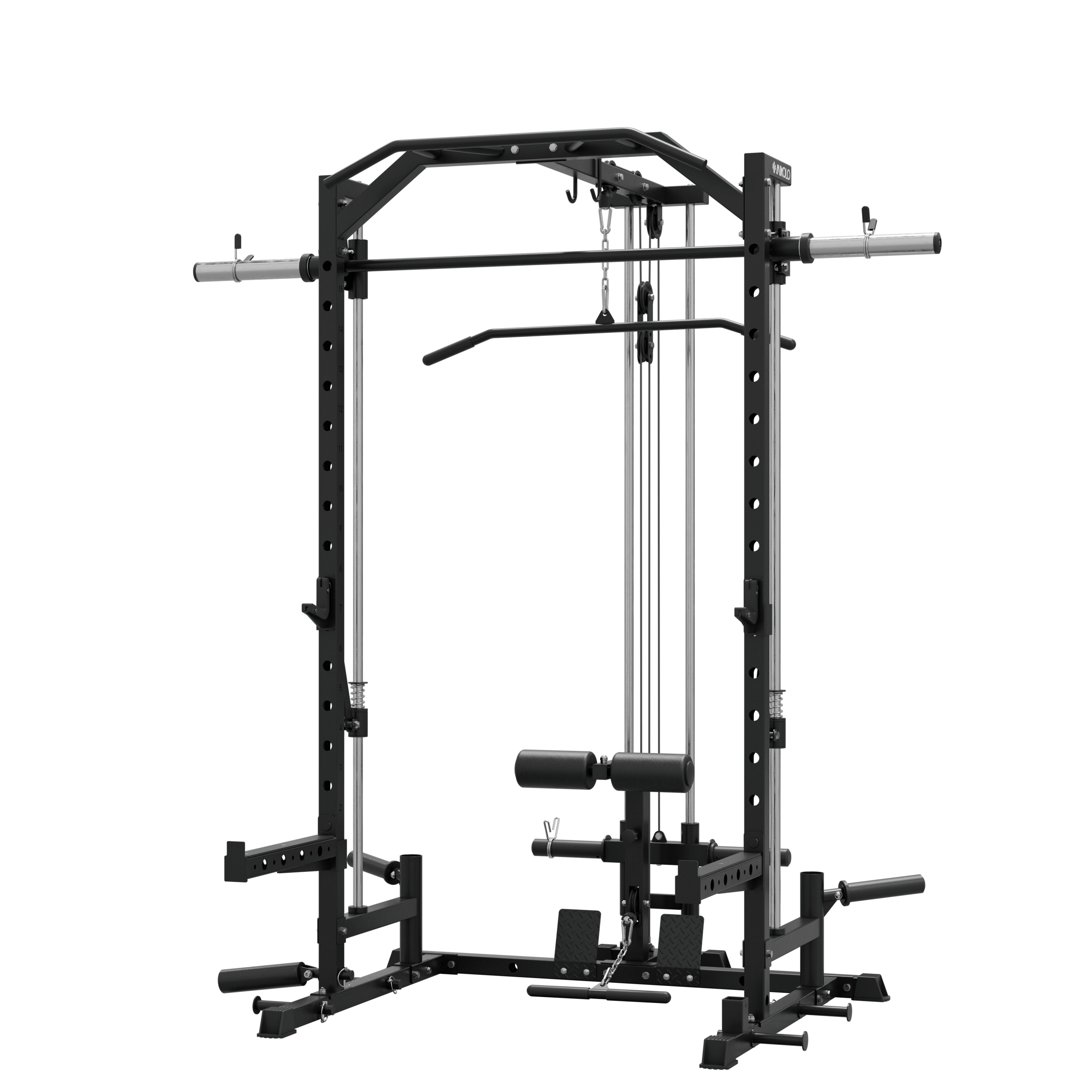
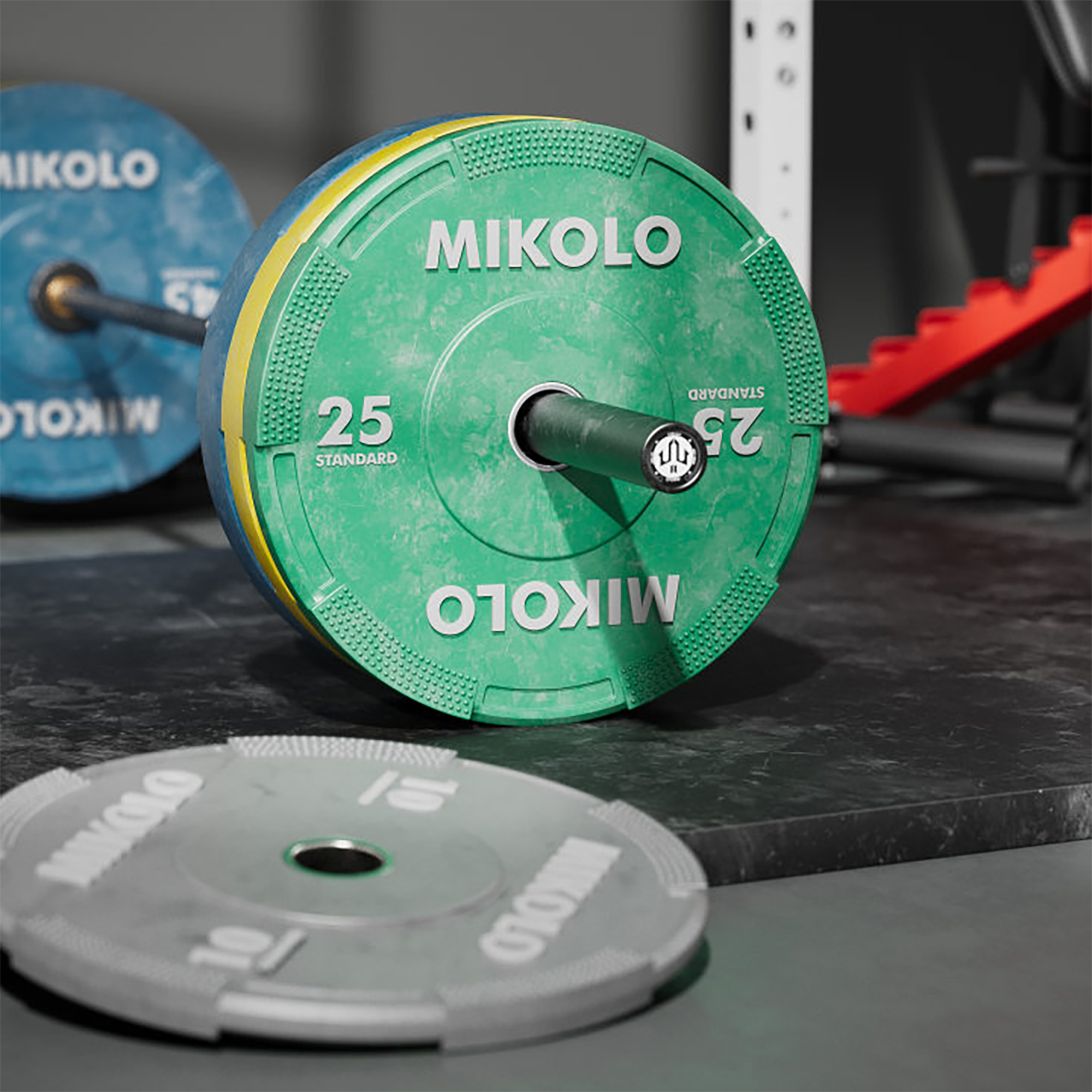
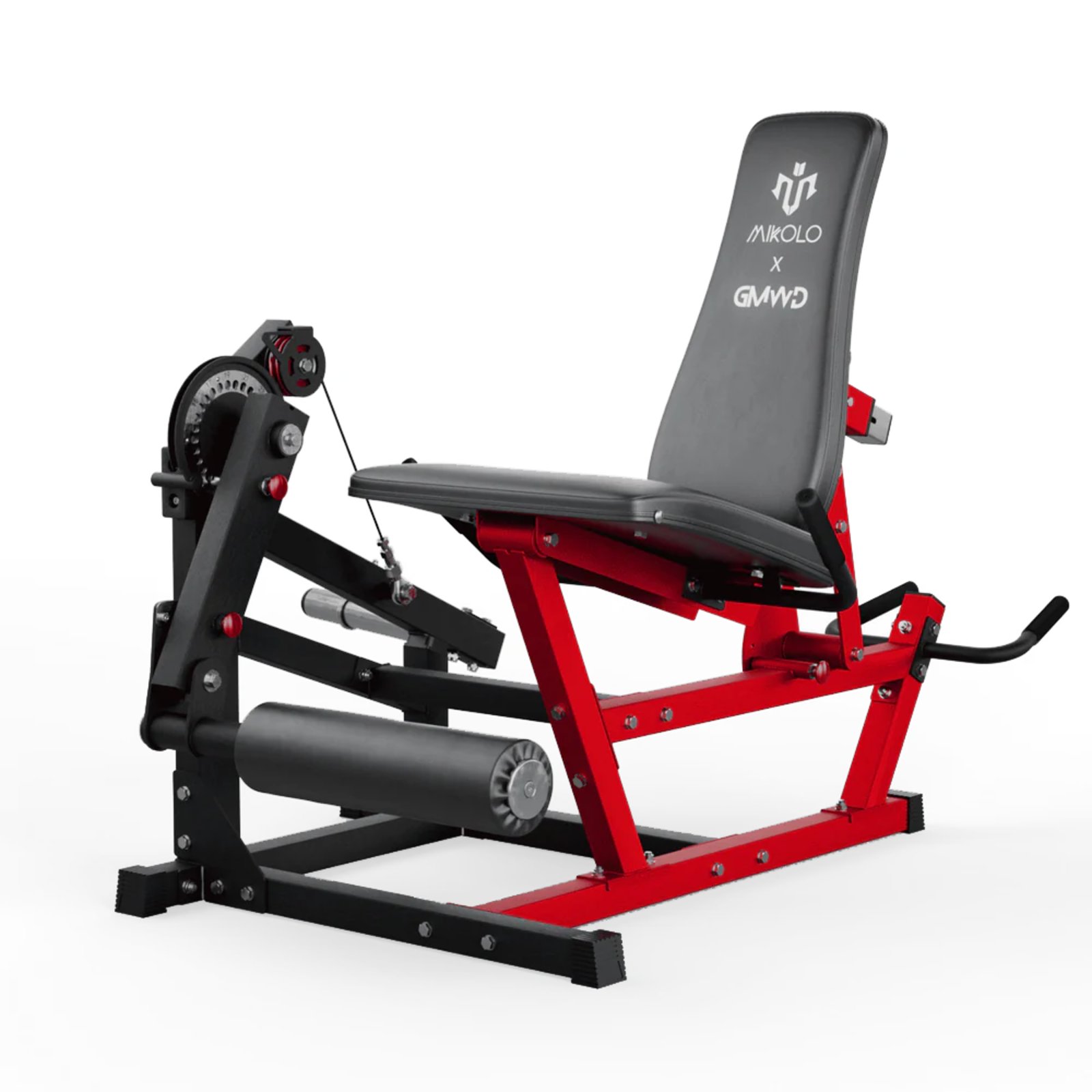
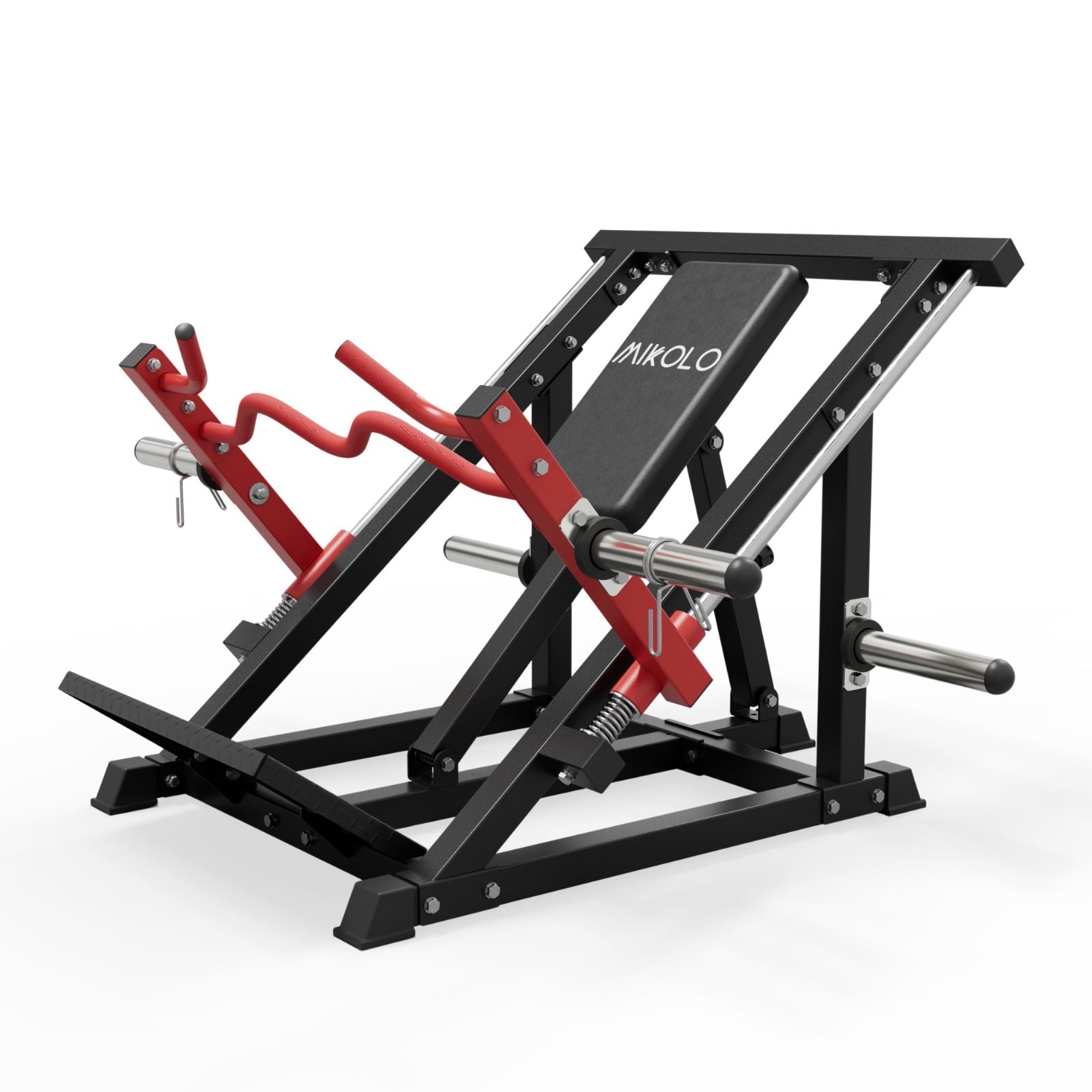
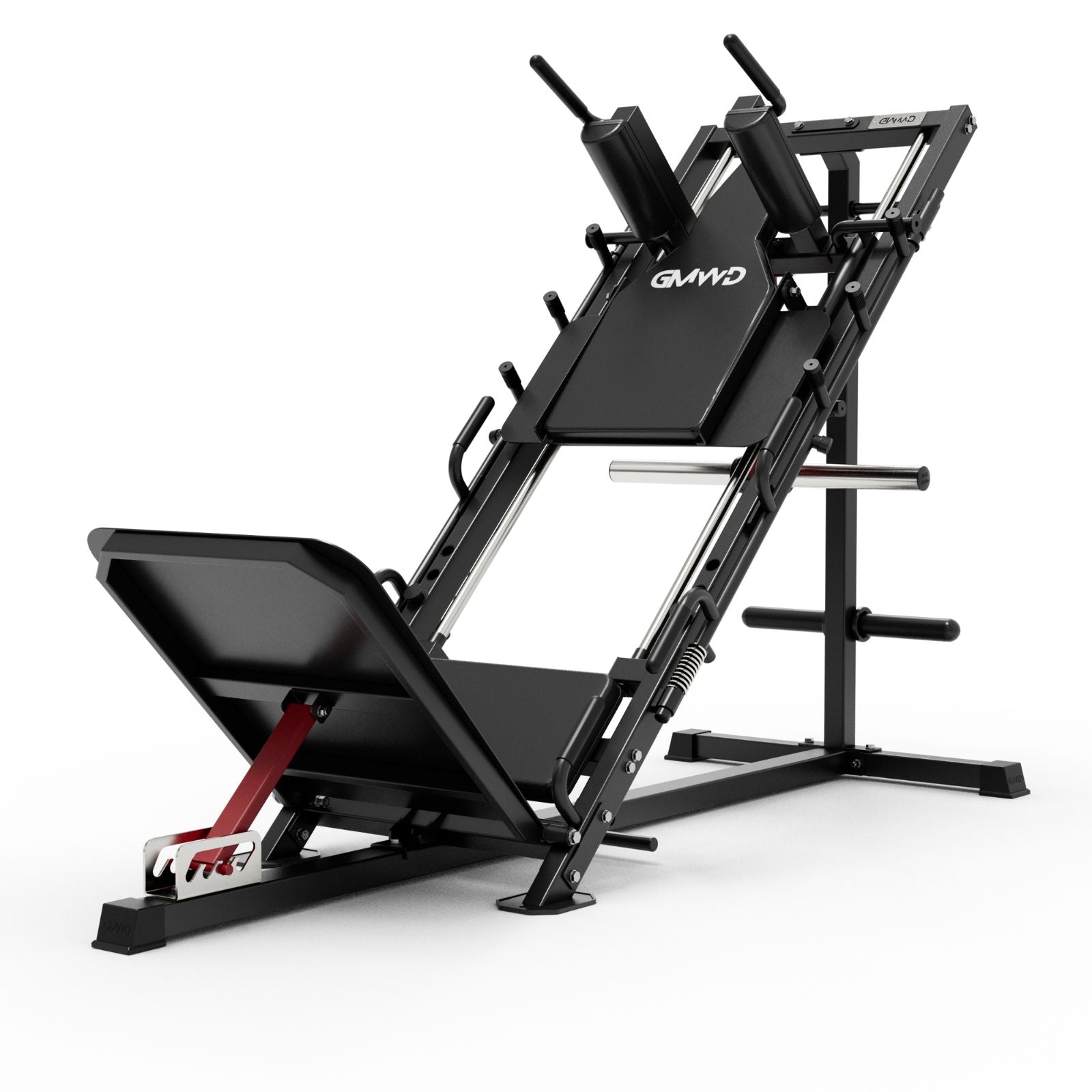
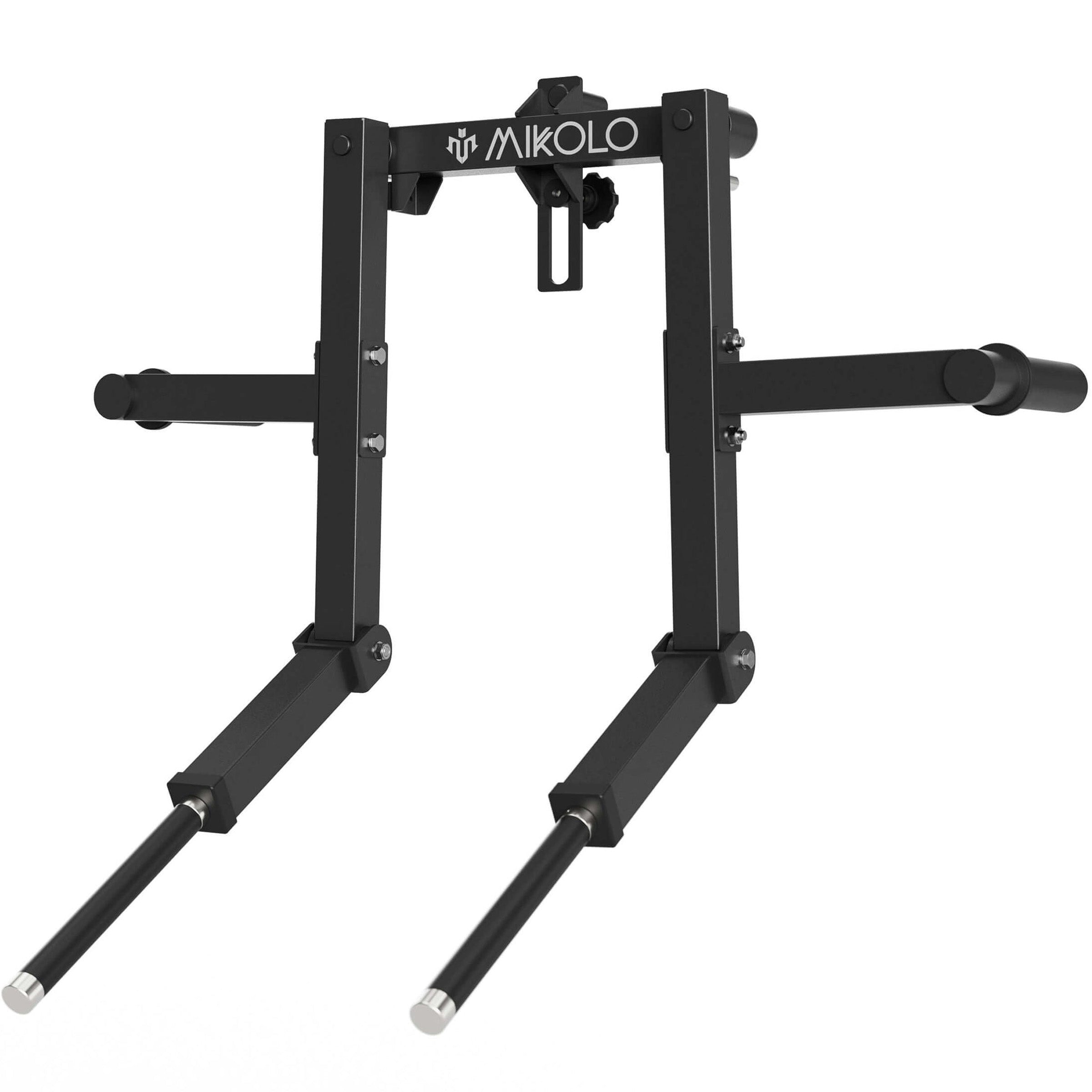
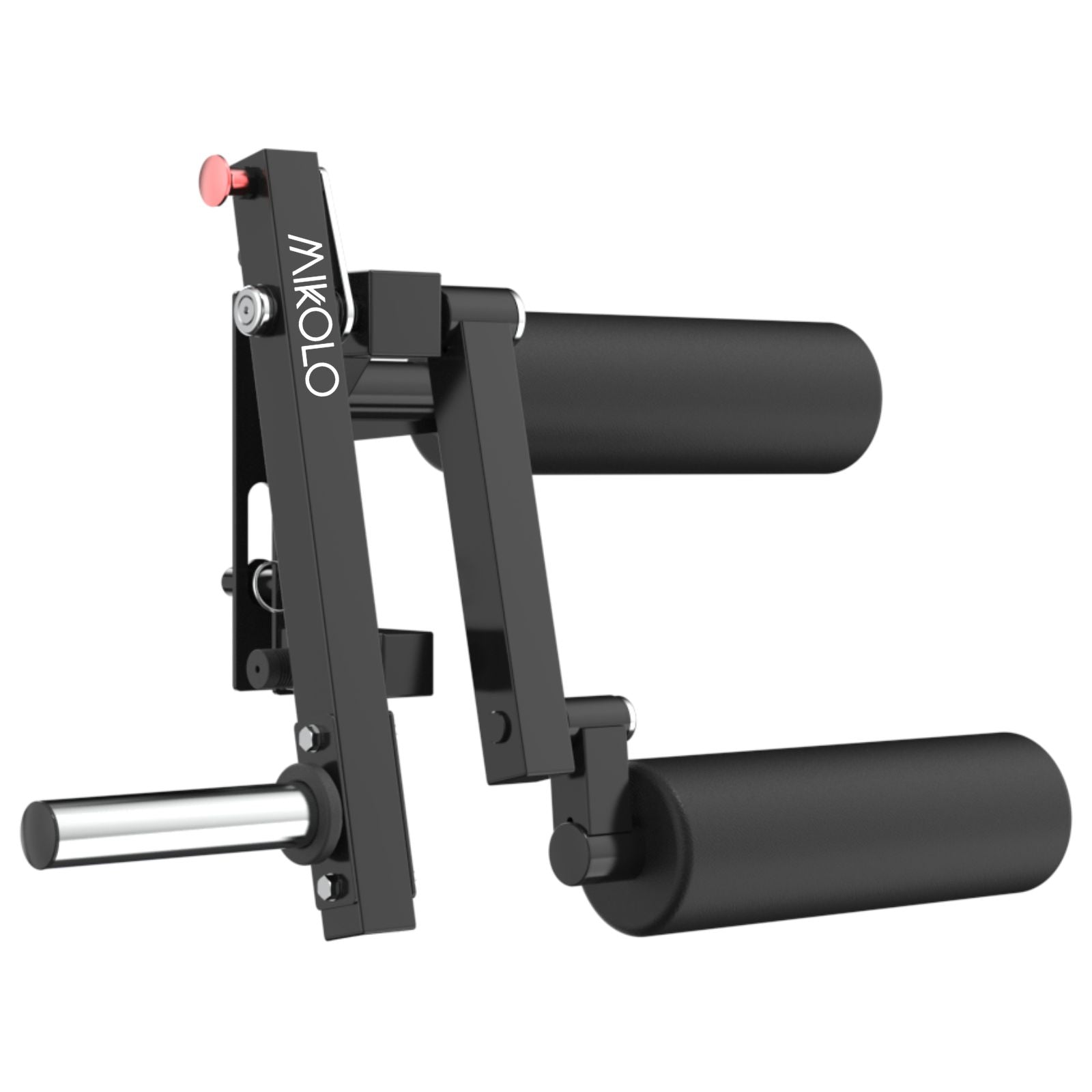
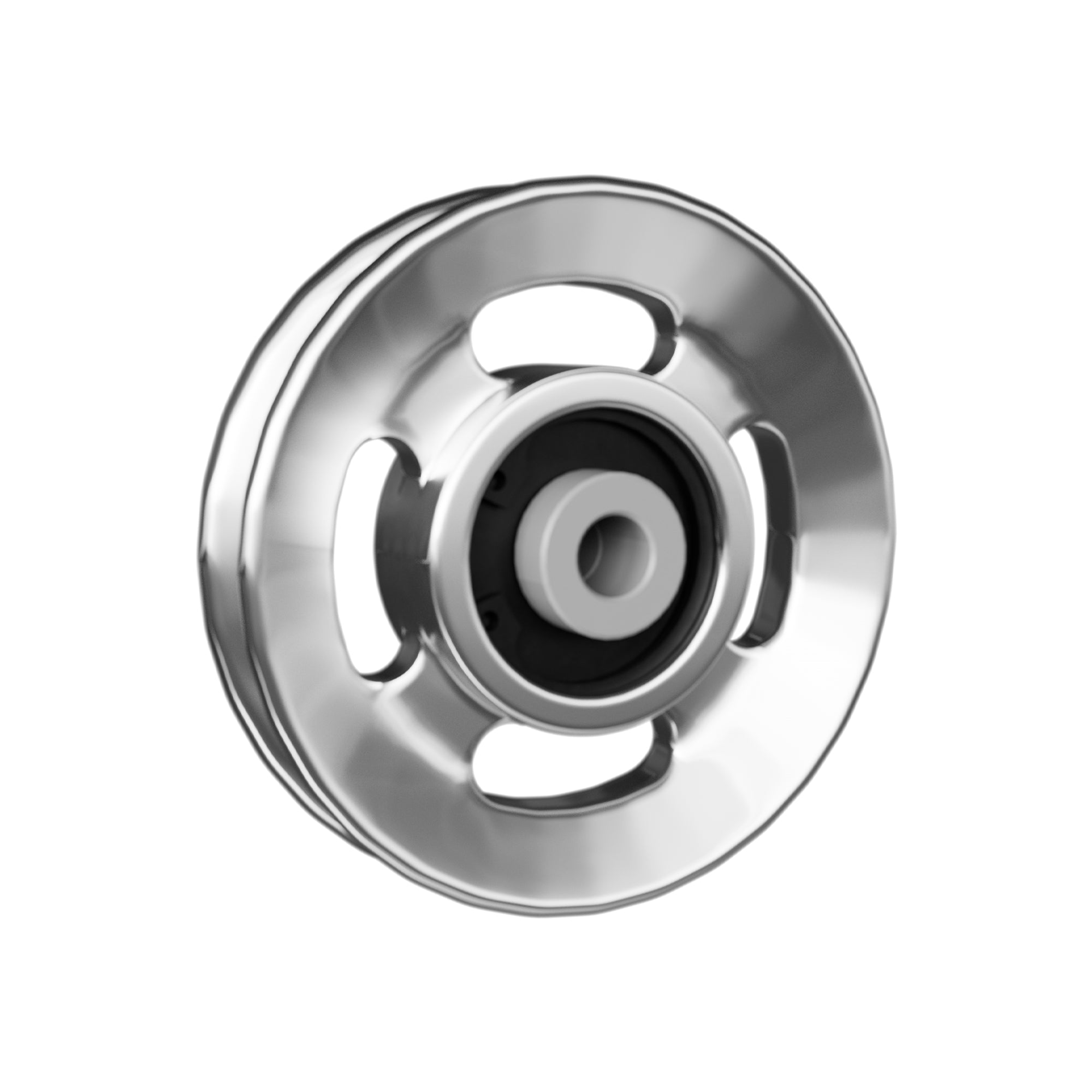
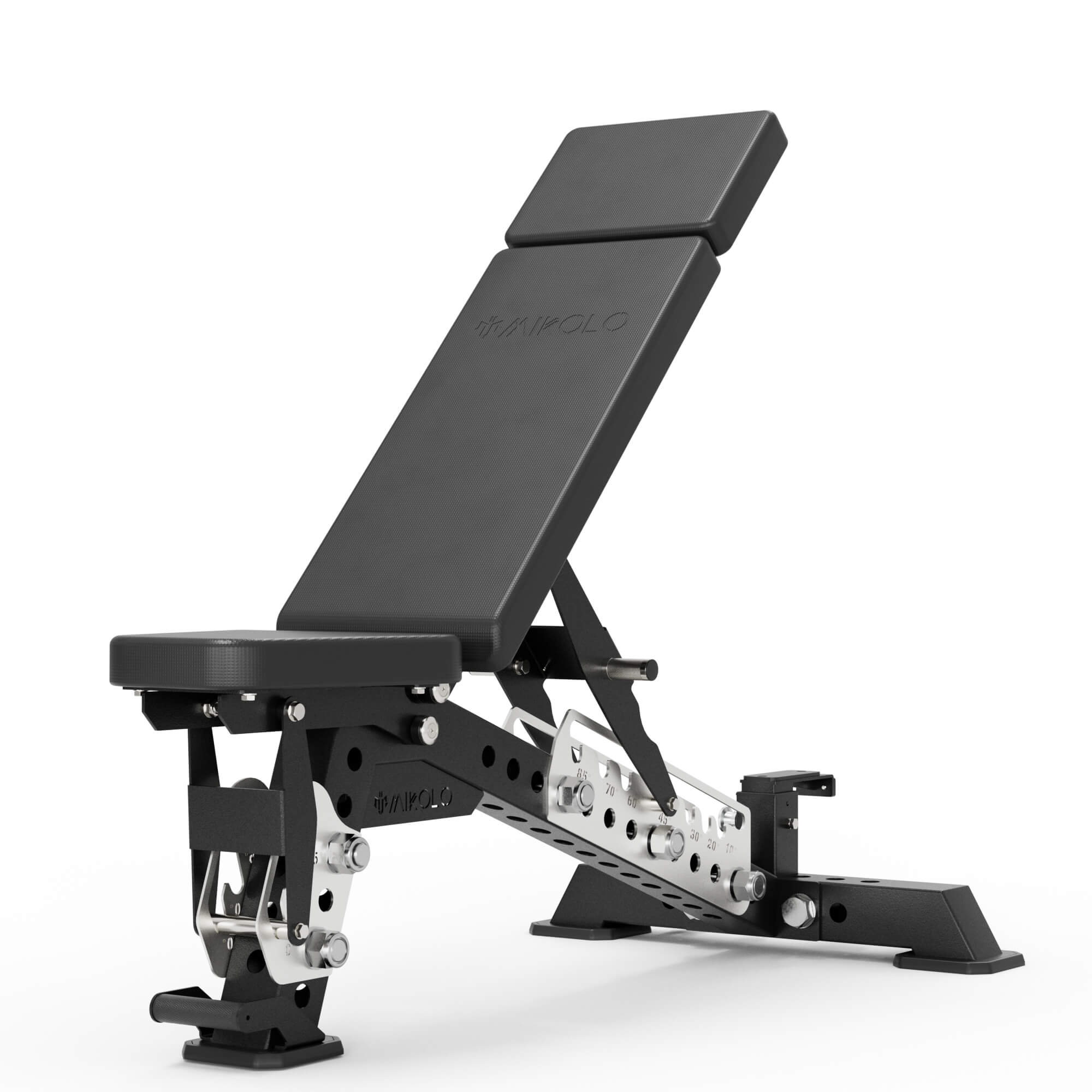
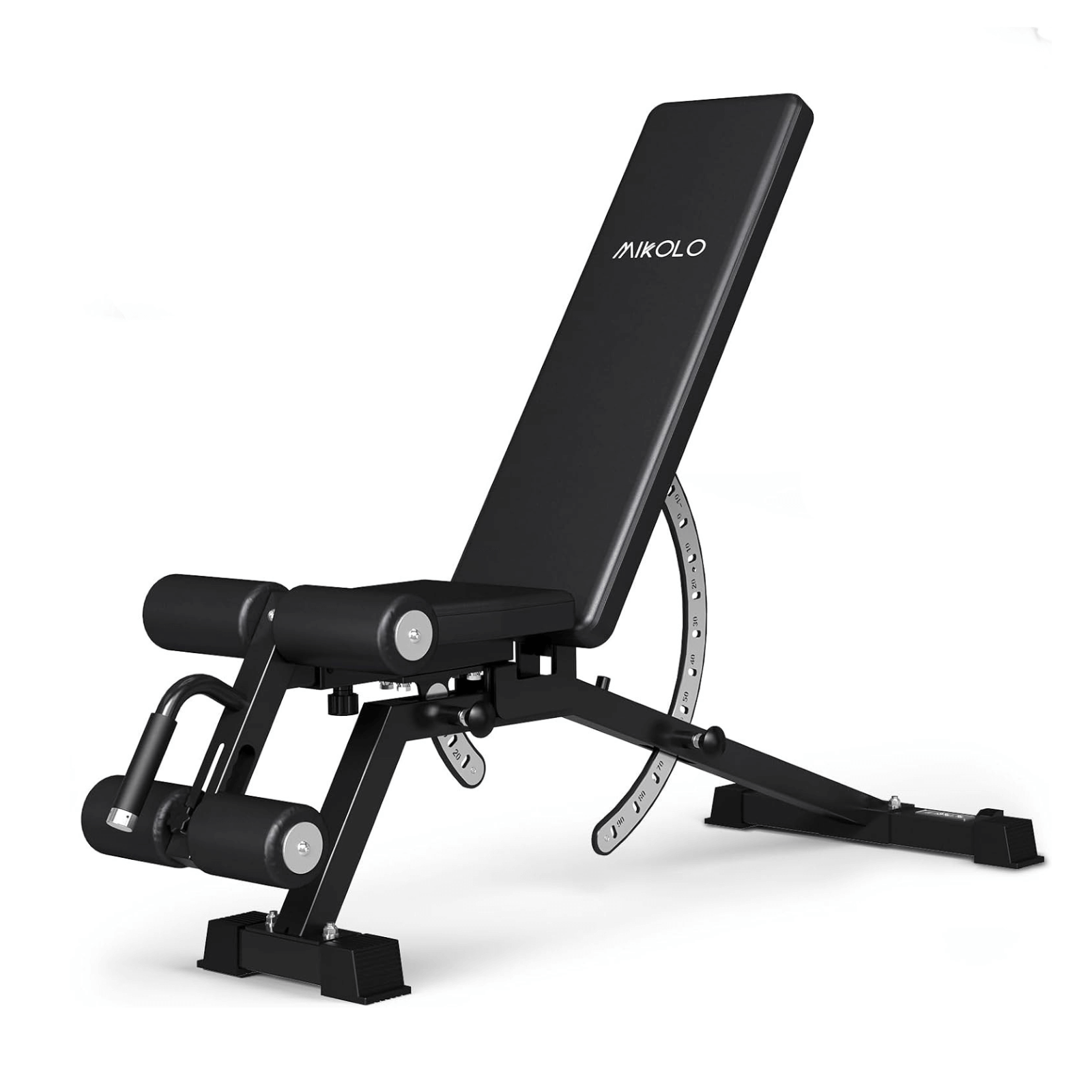
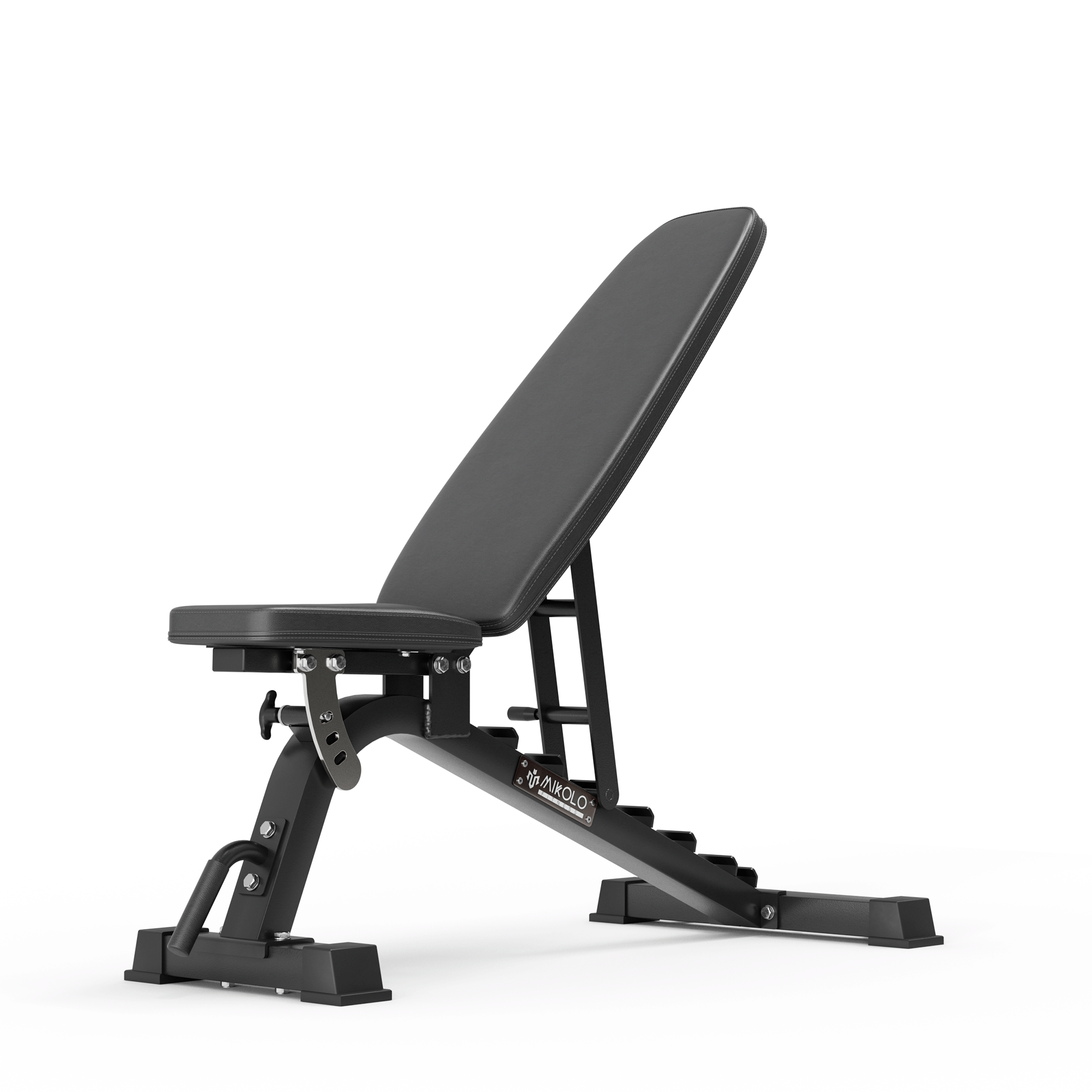
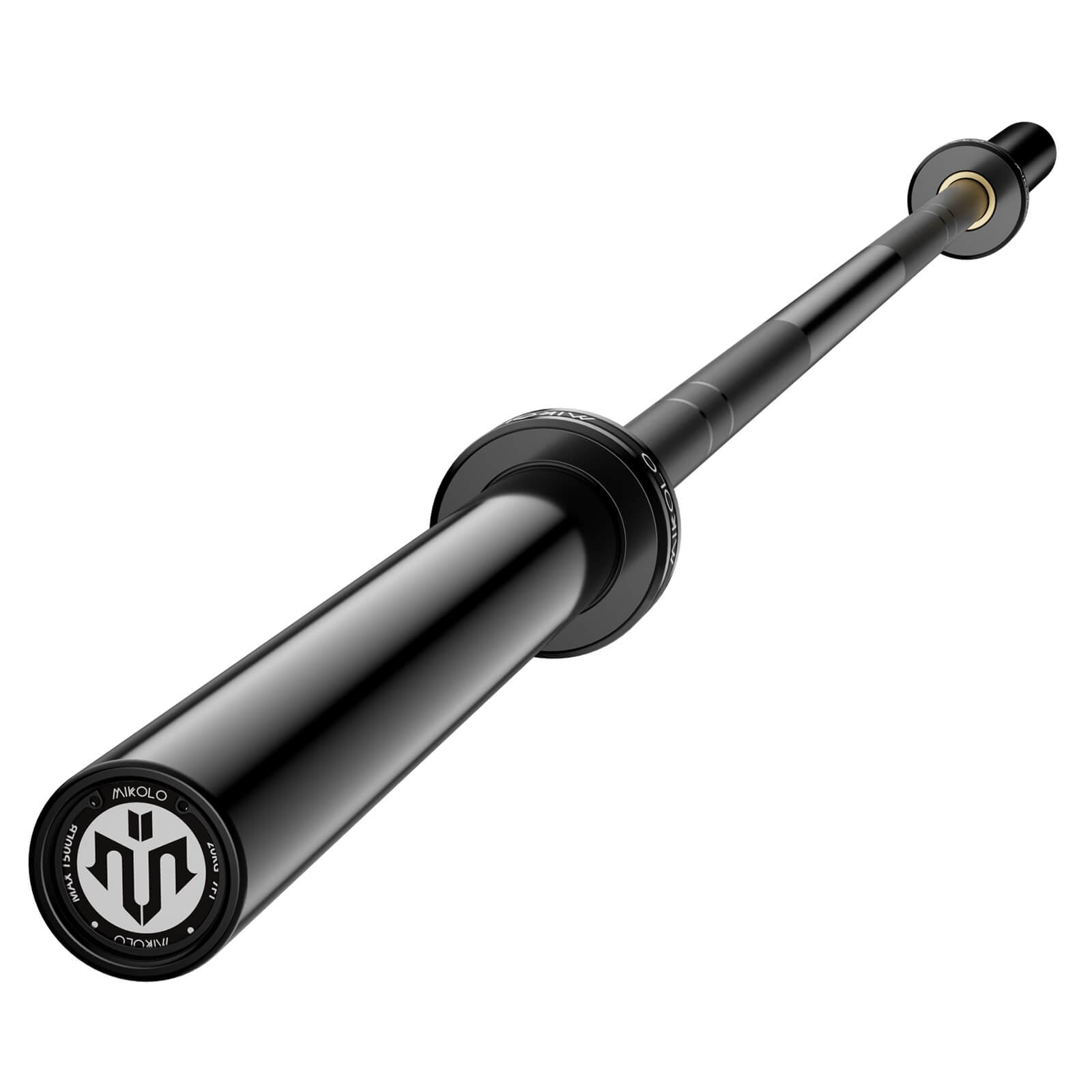
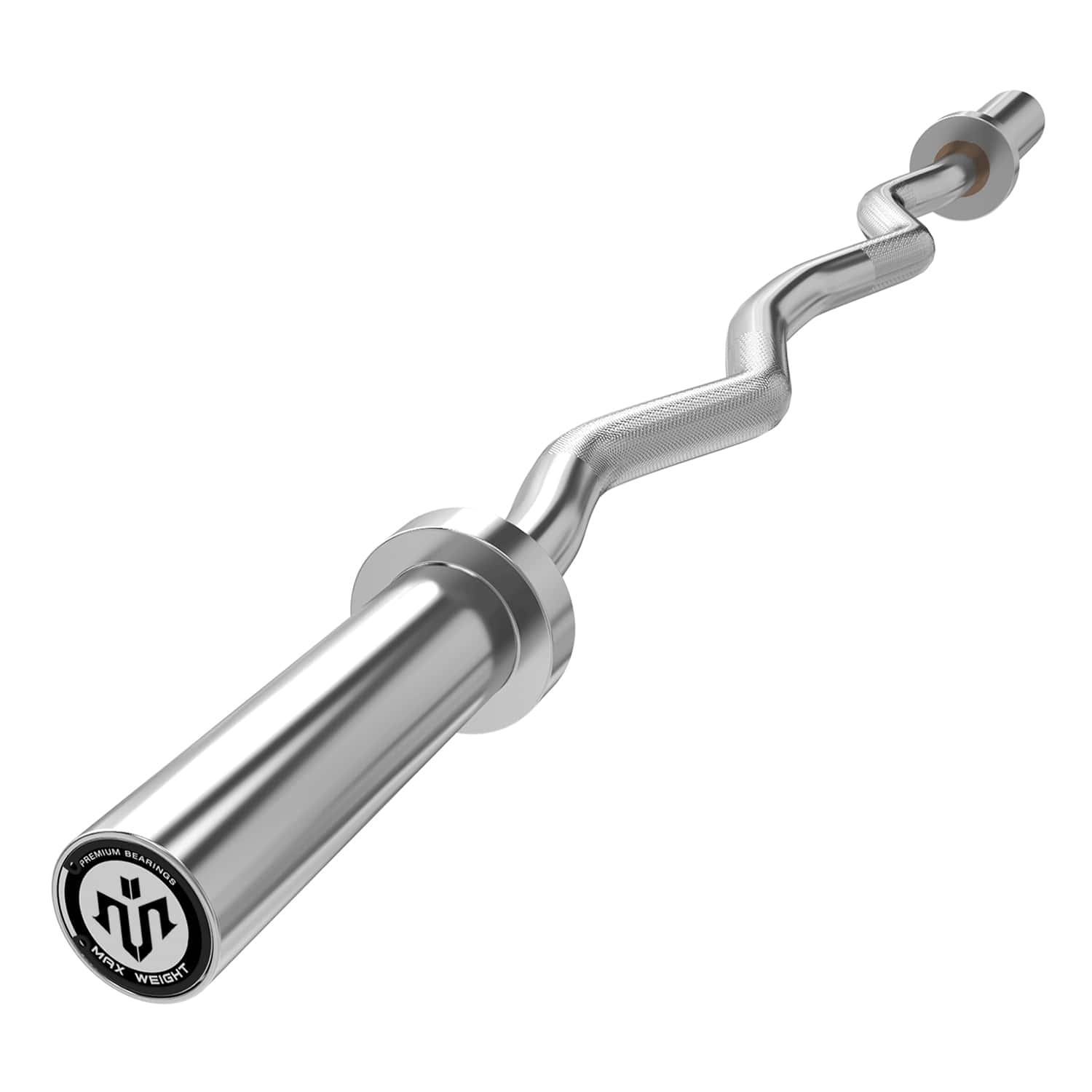
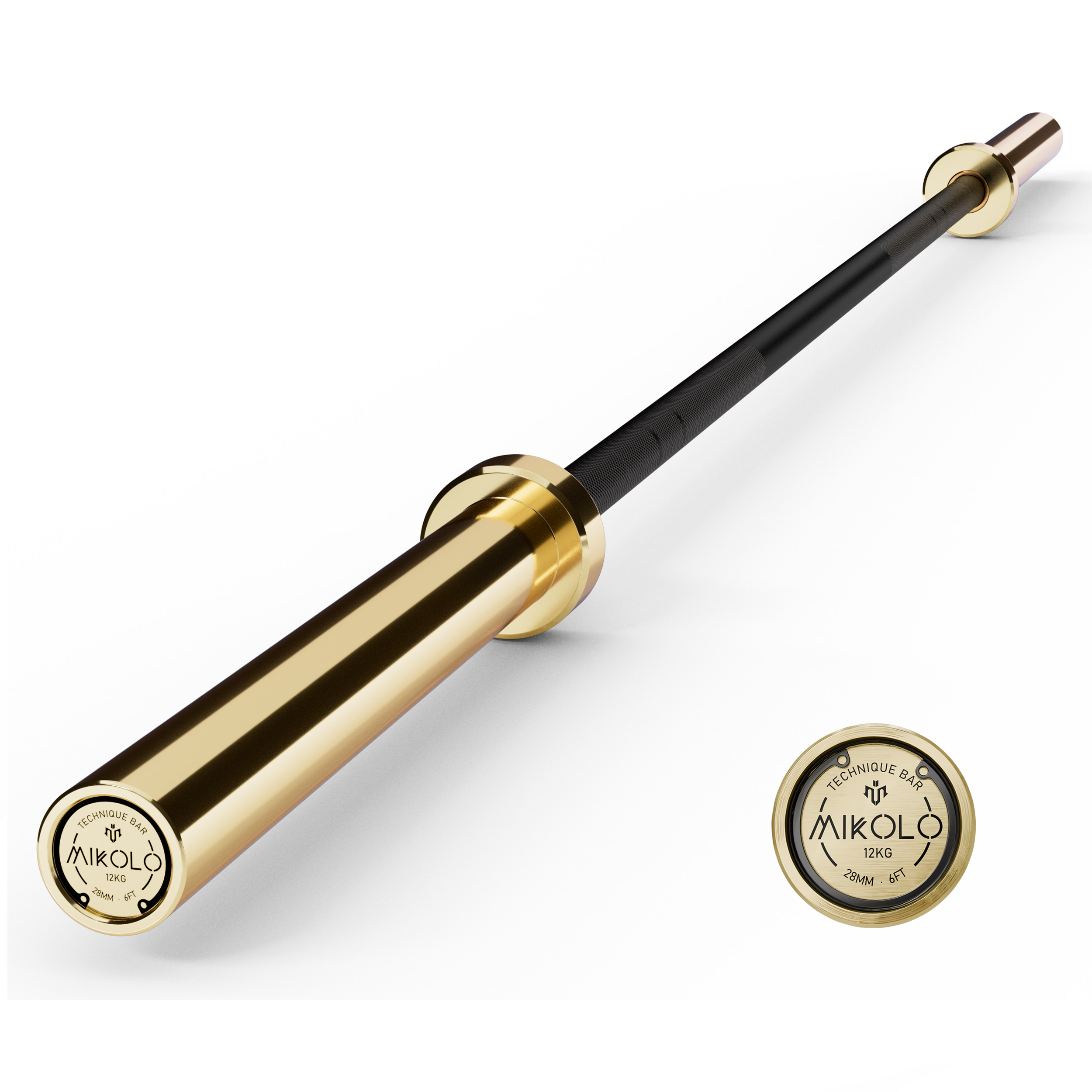
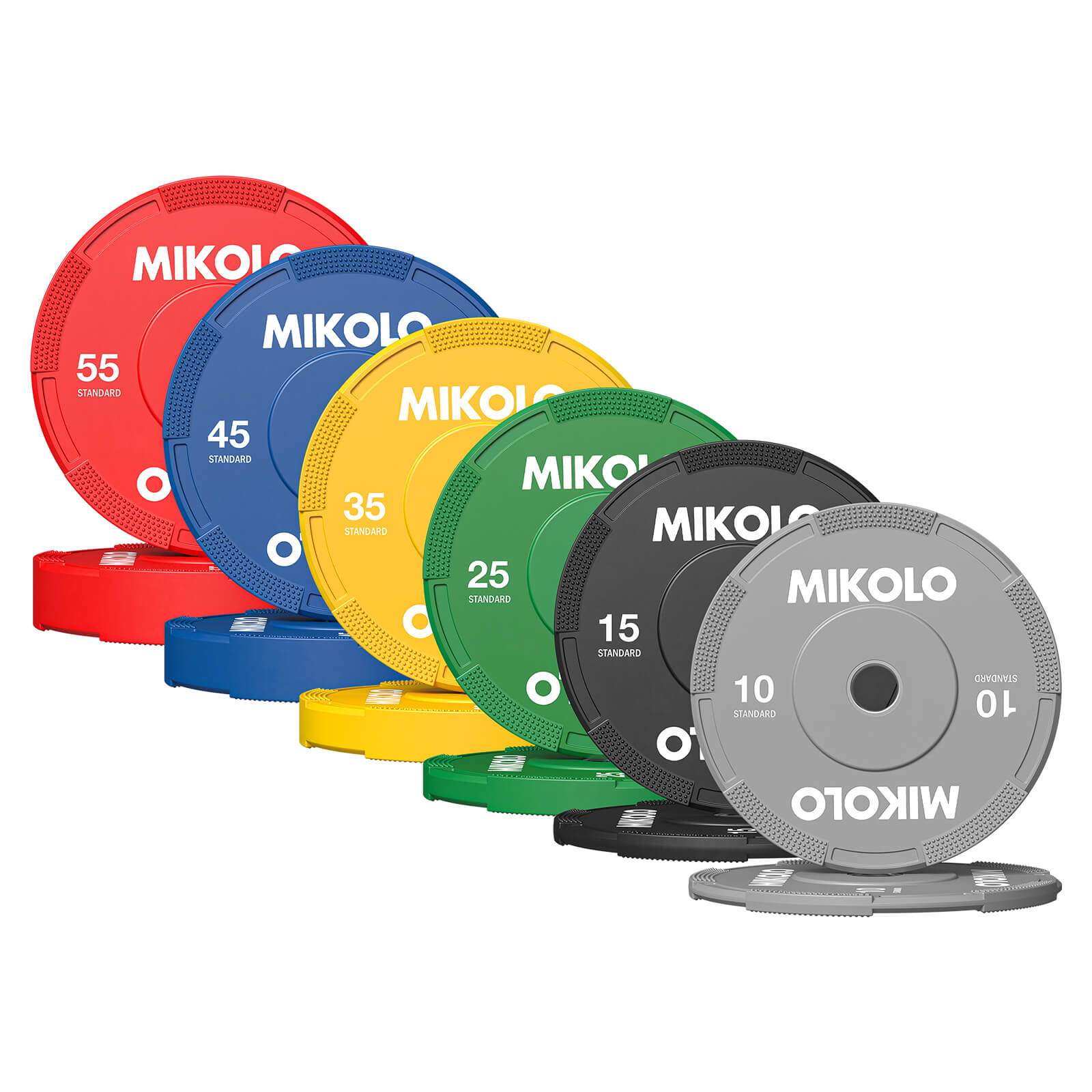
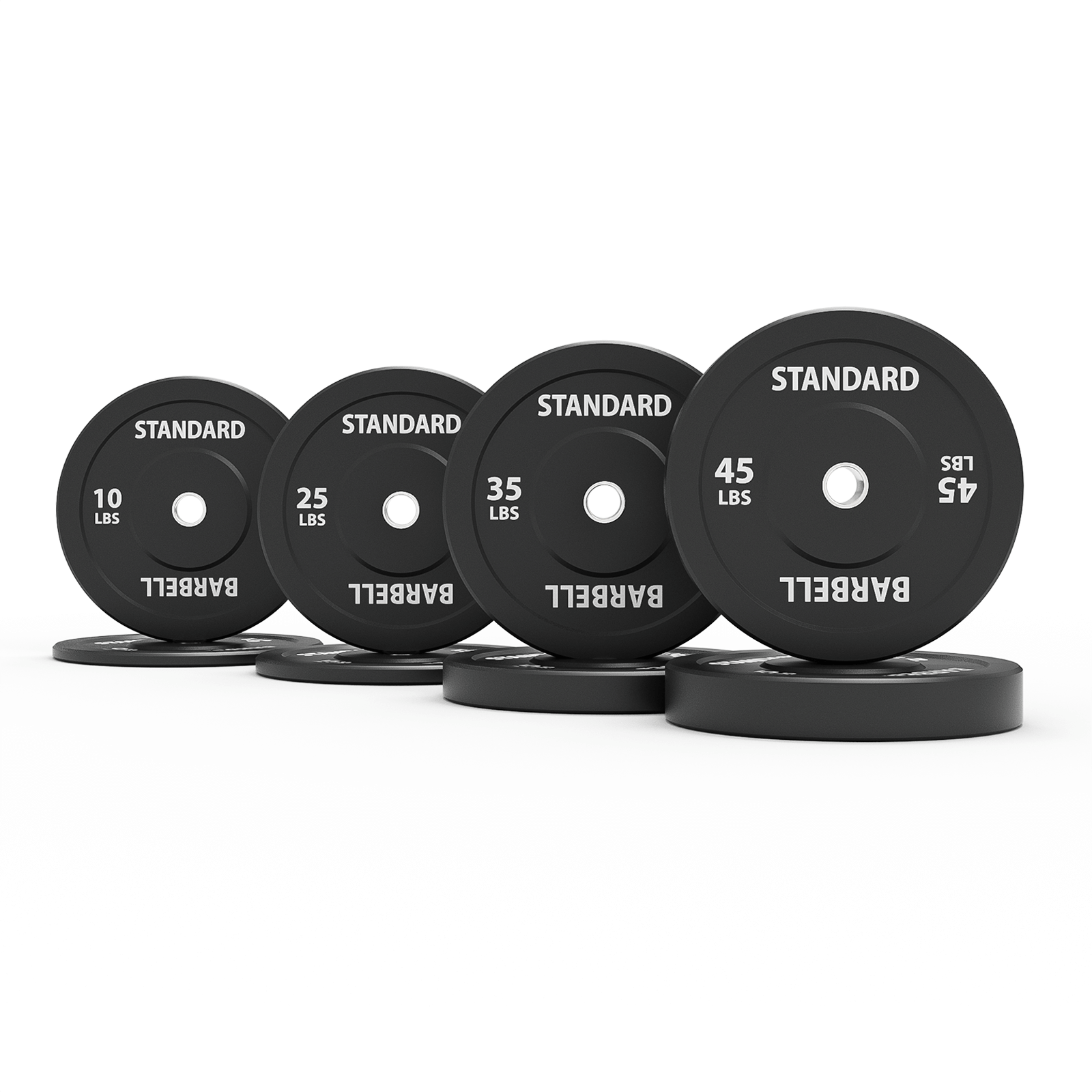
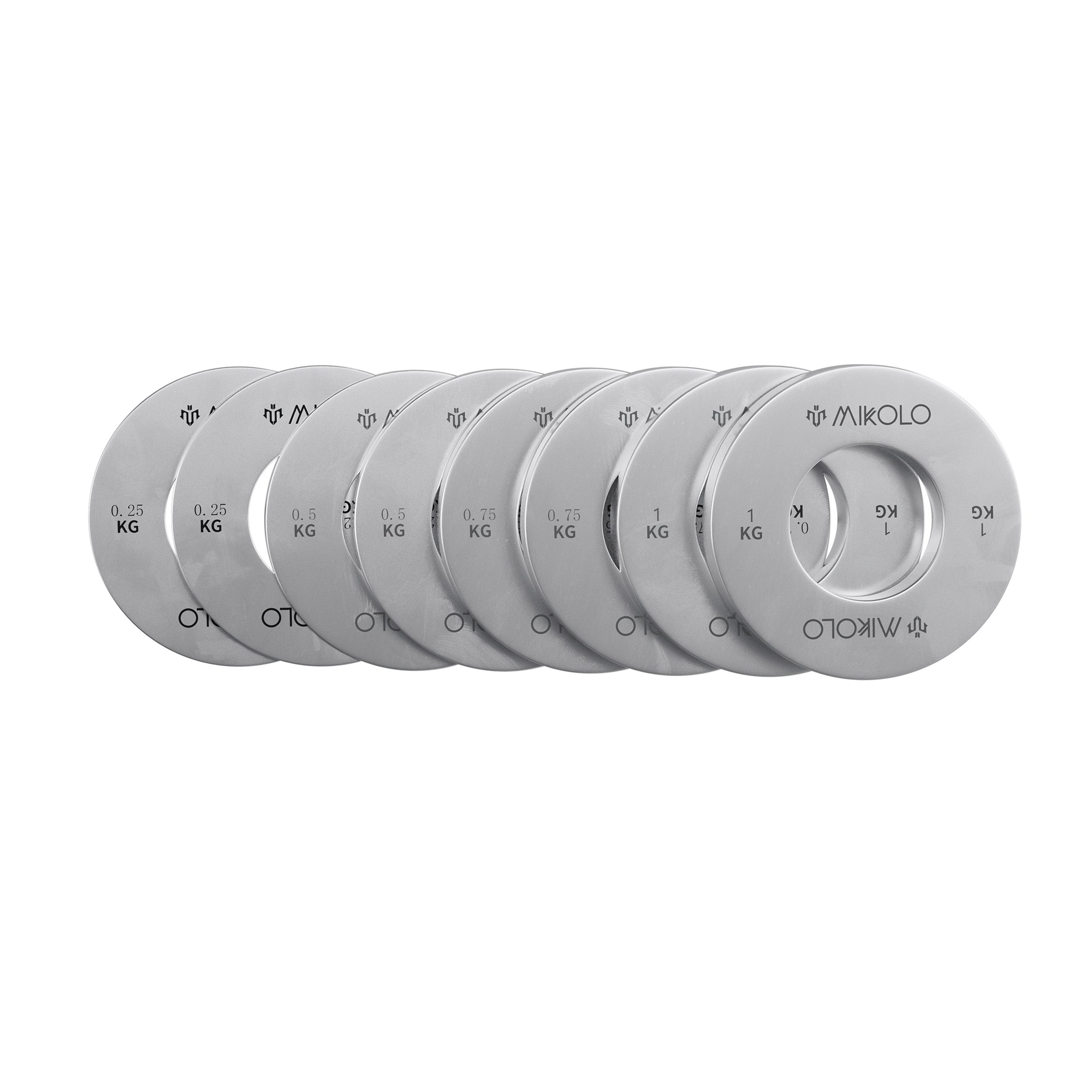

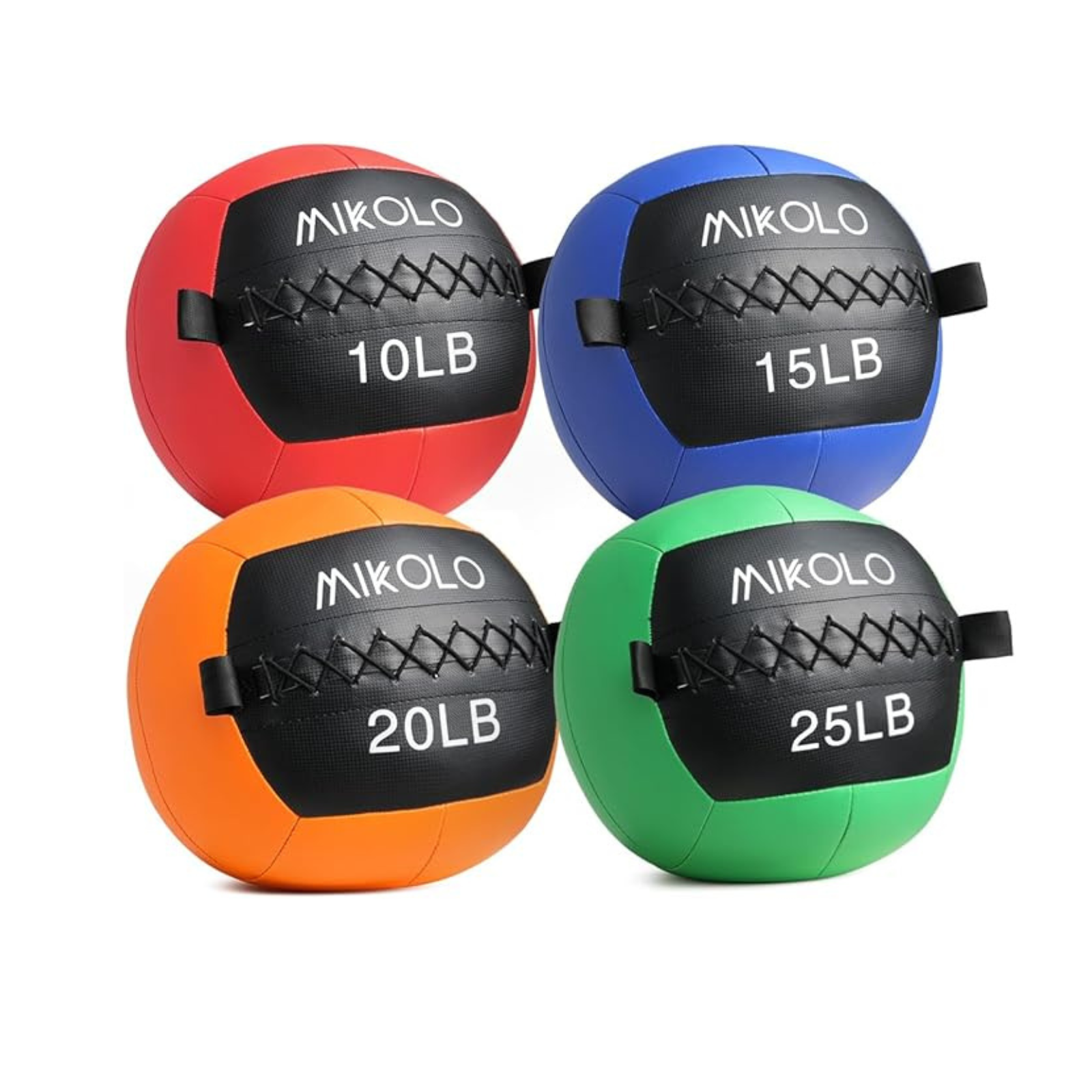
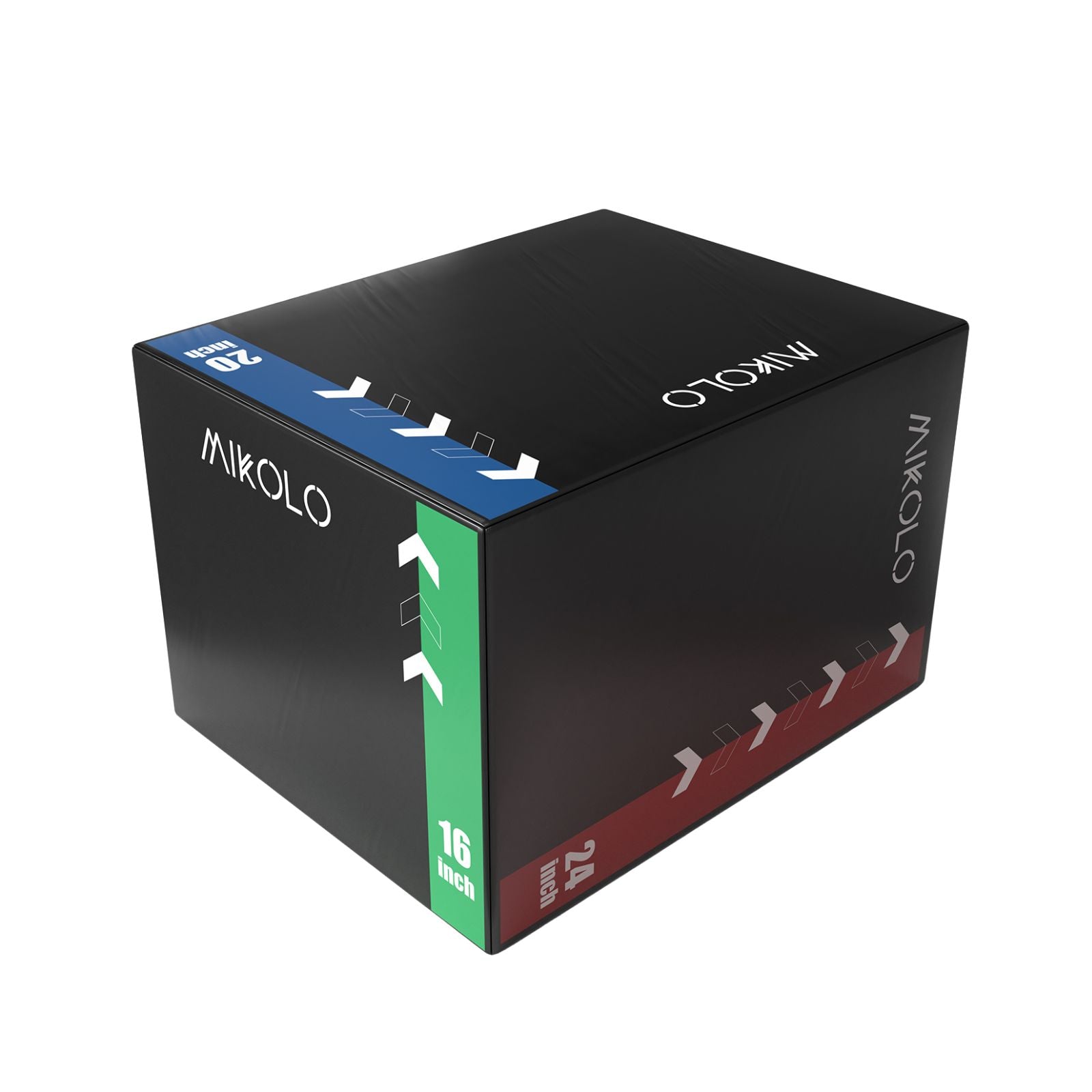
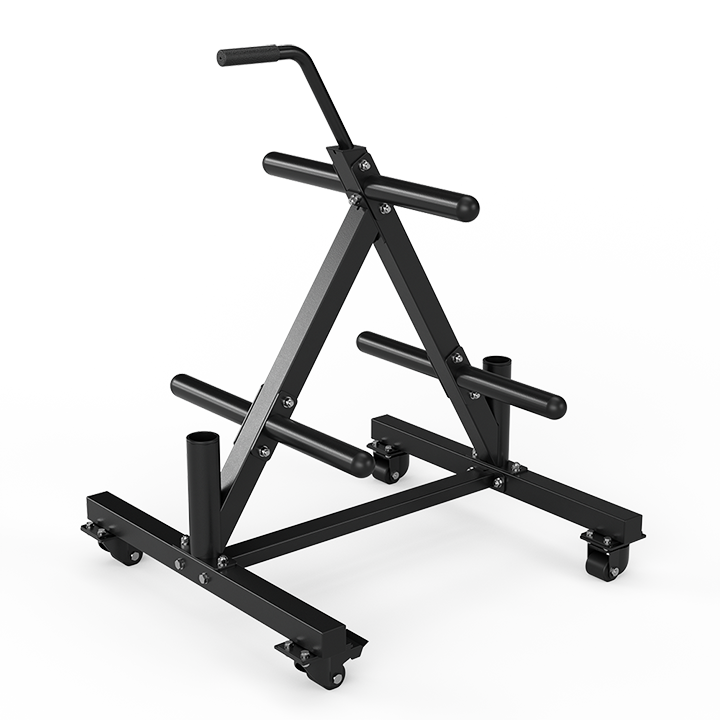
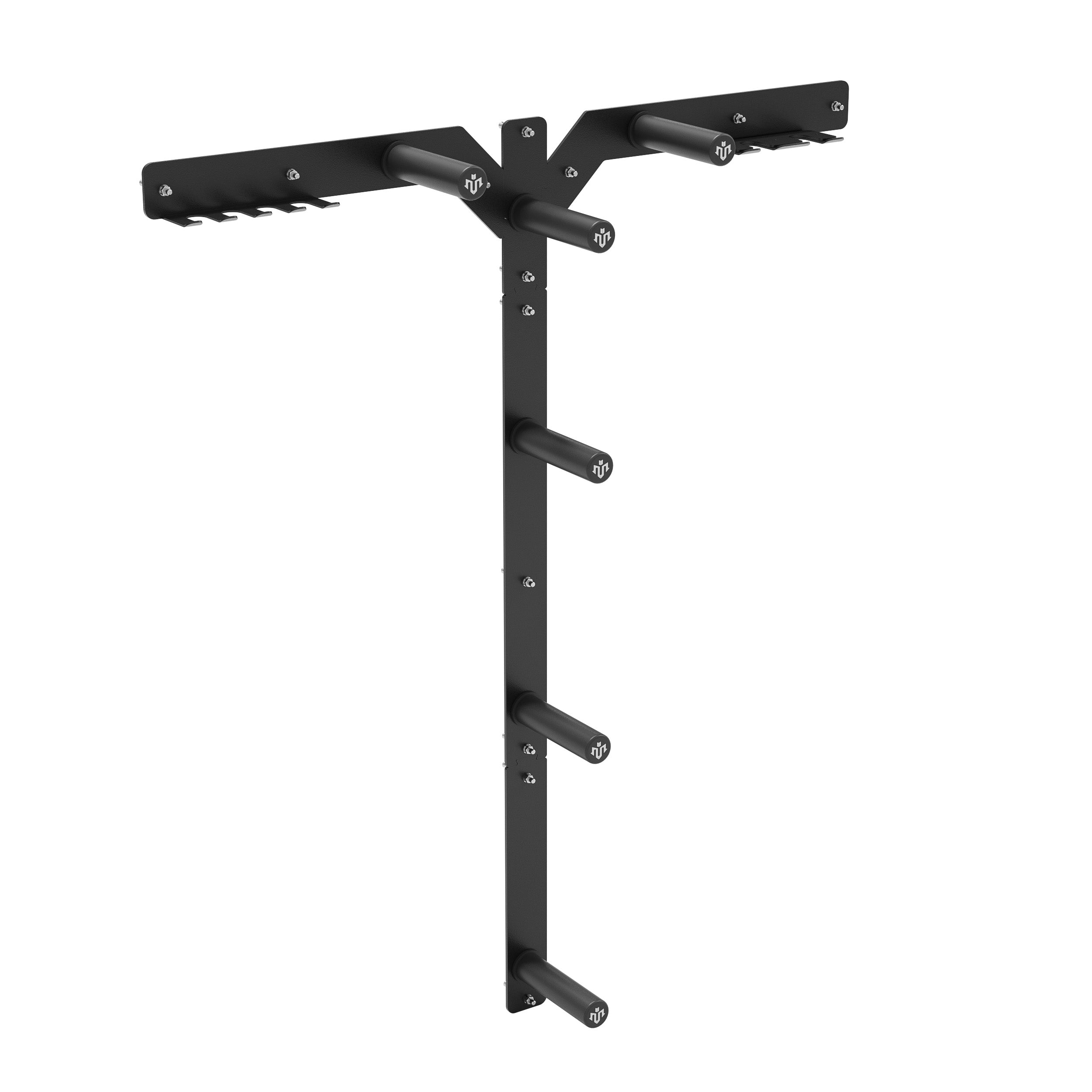
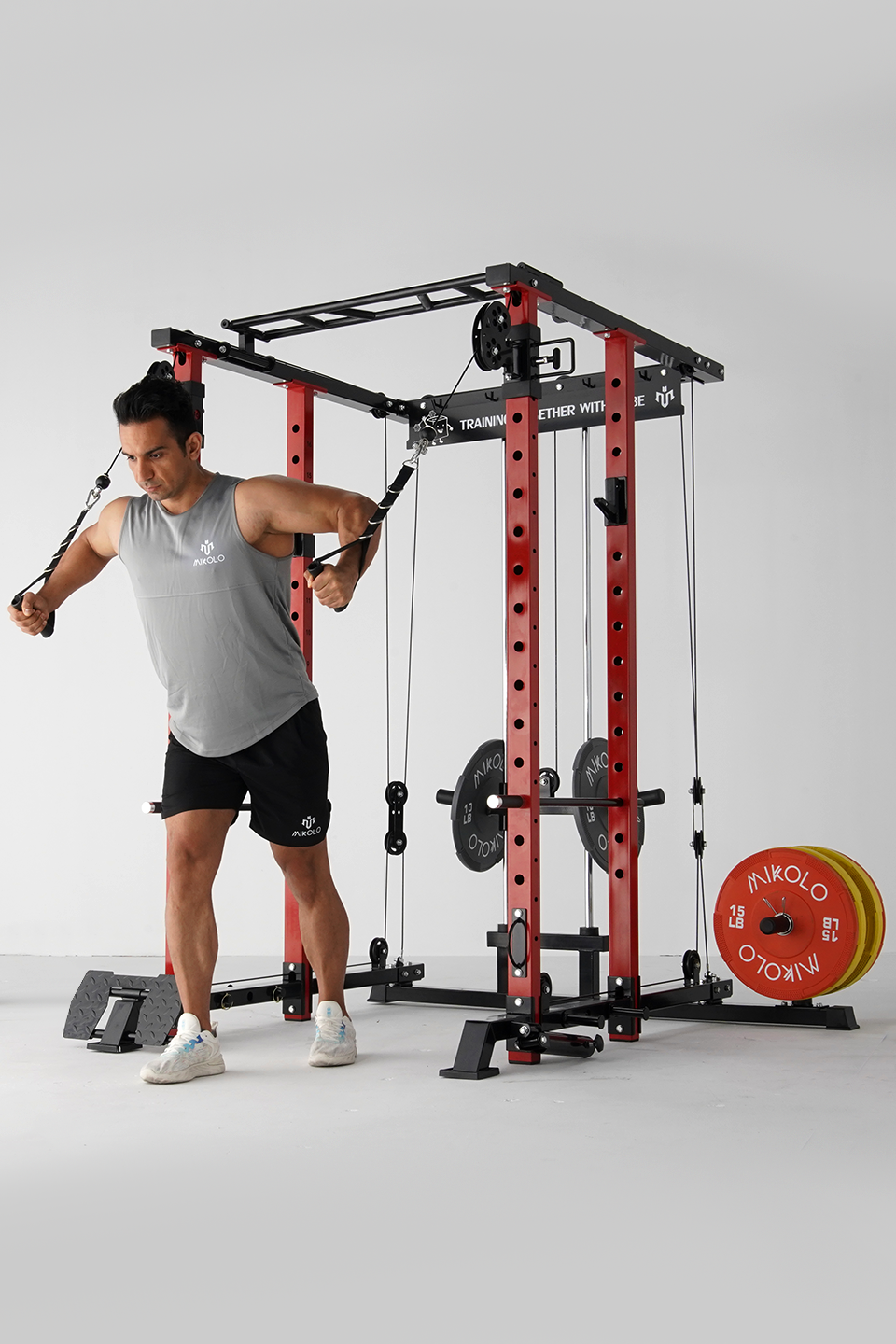



Leave a comment
This site is protected by hCaptcha and the hCaptcha Privacy Policy and Terms of Service apply.